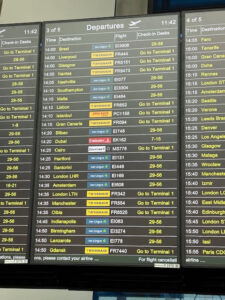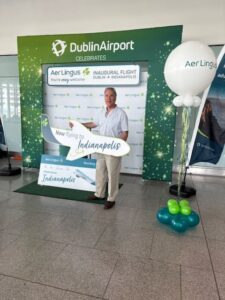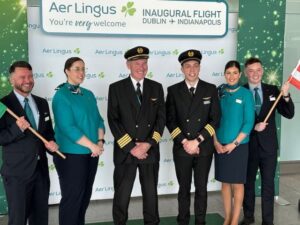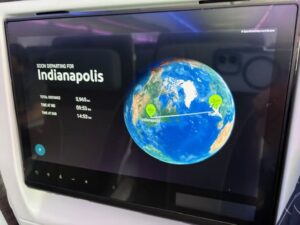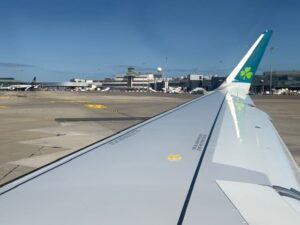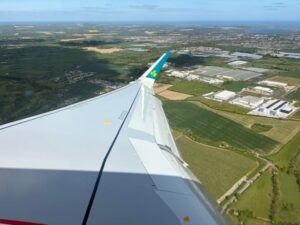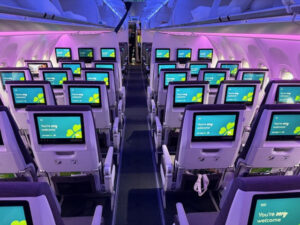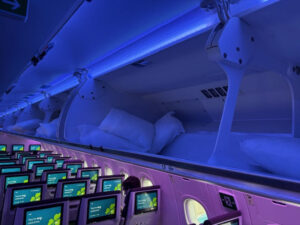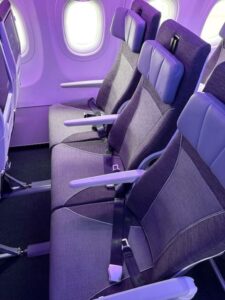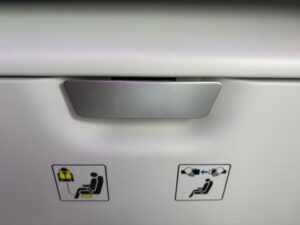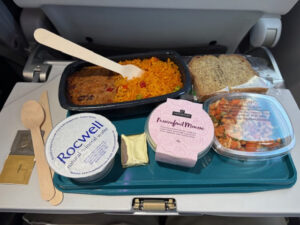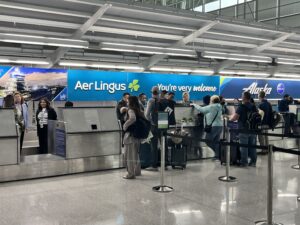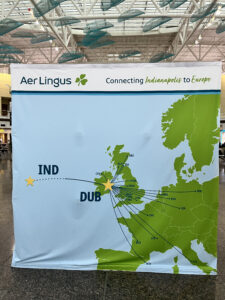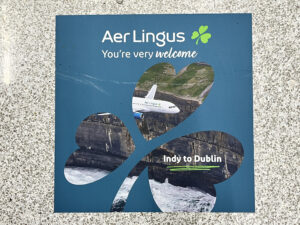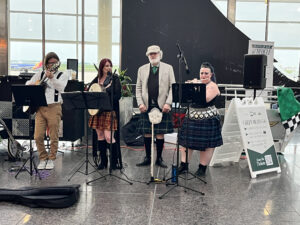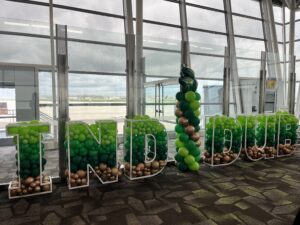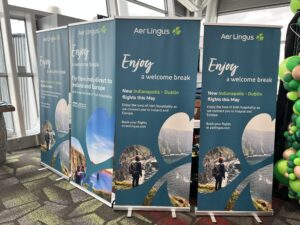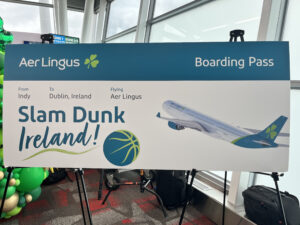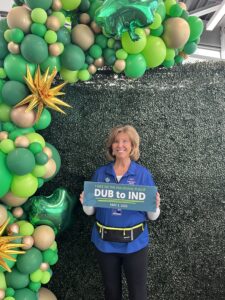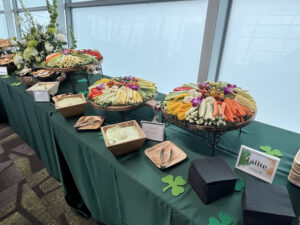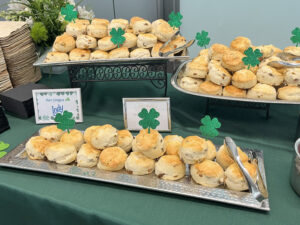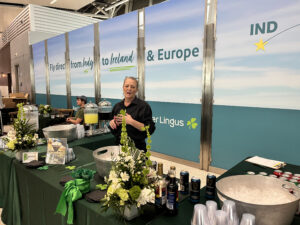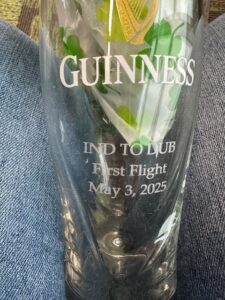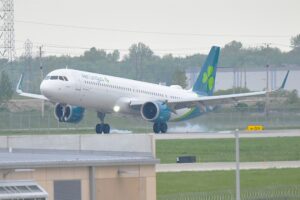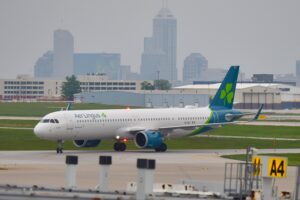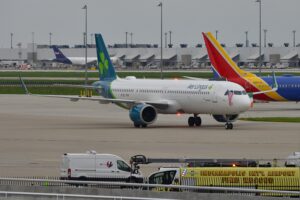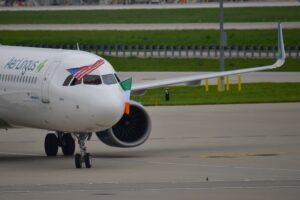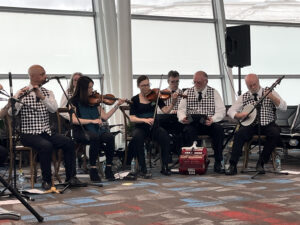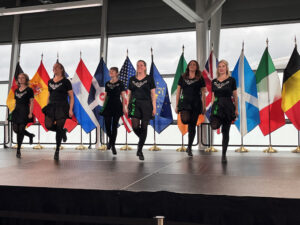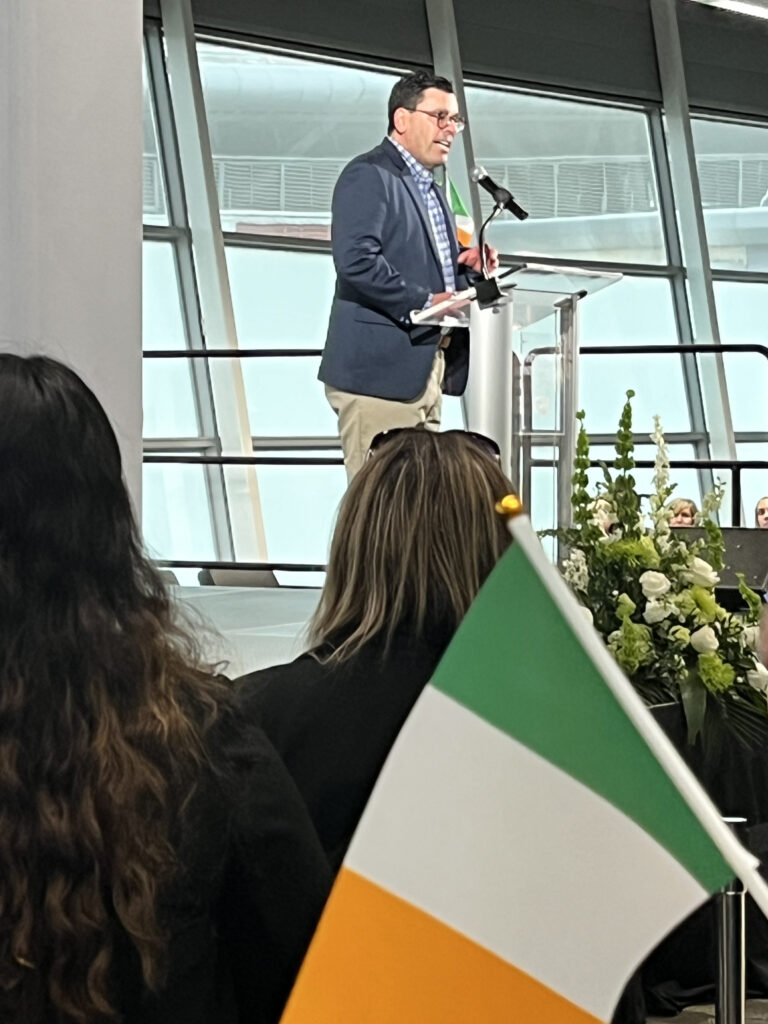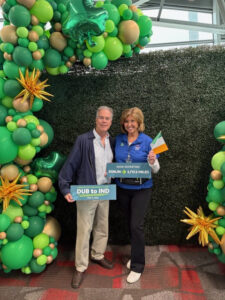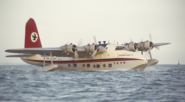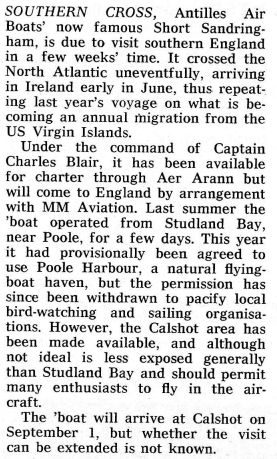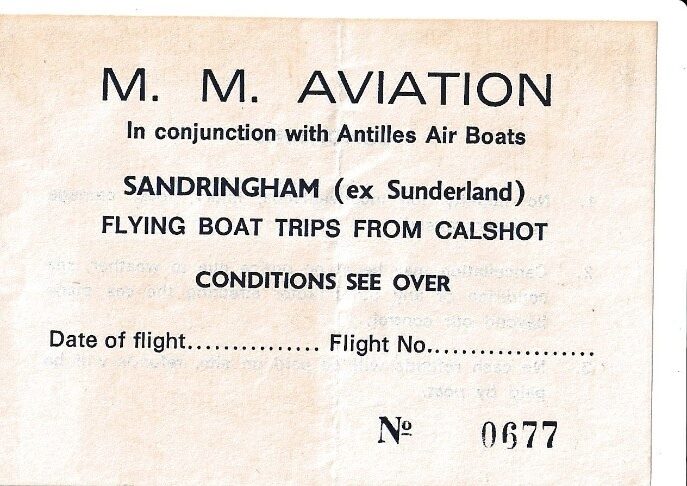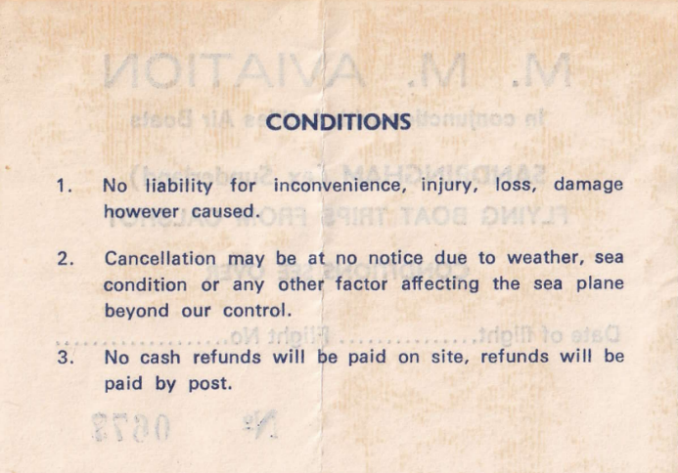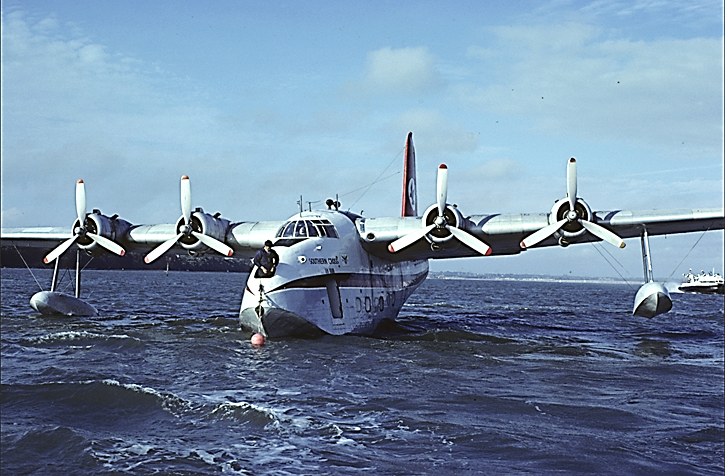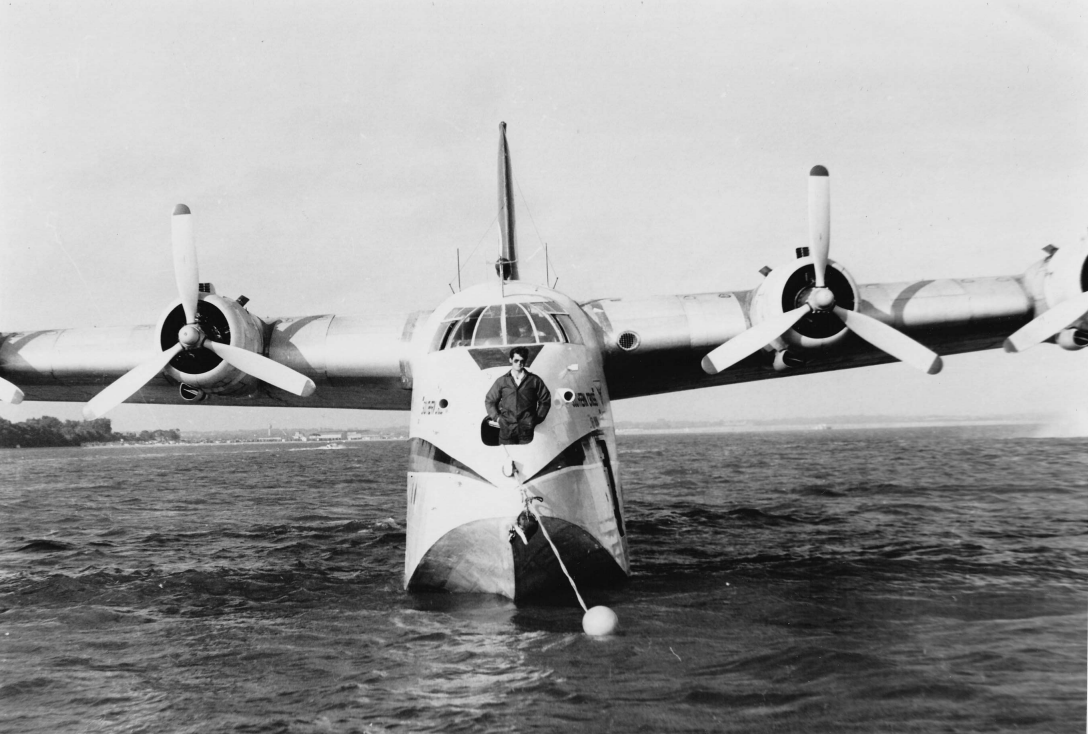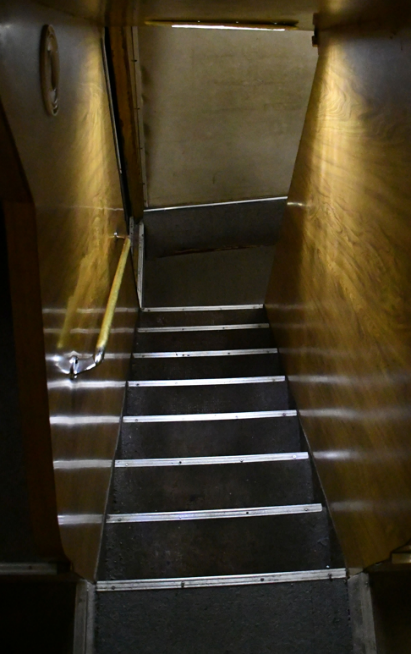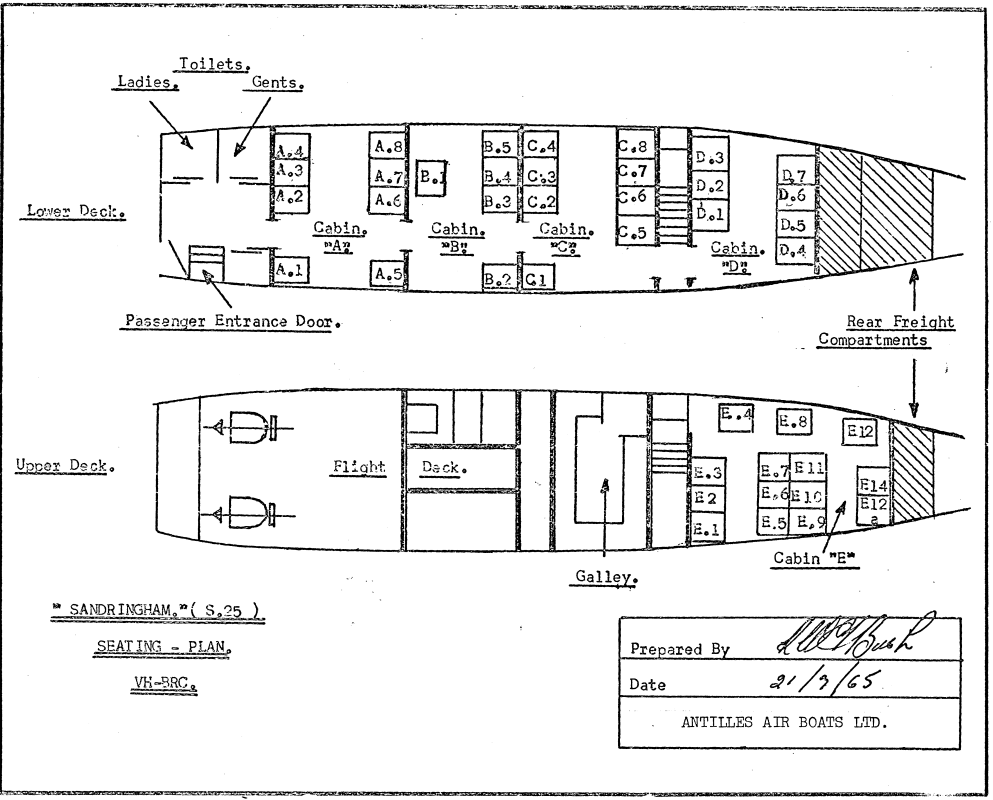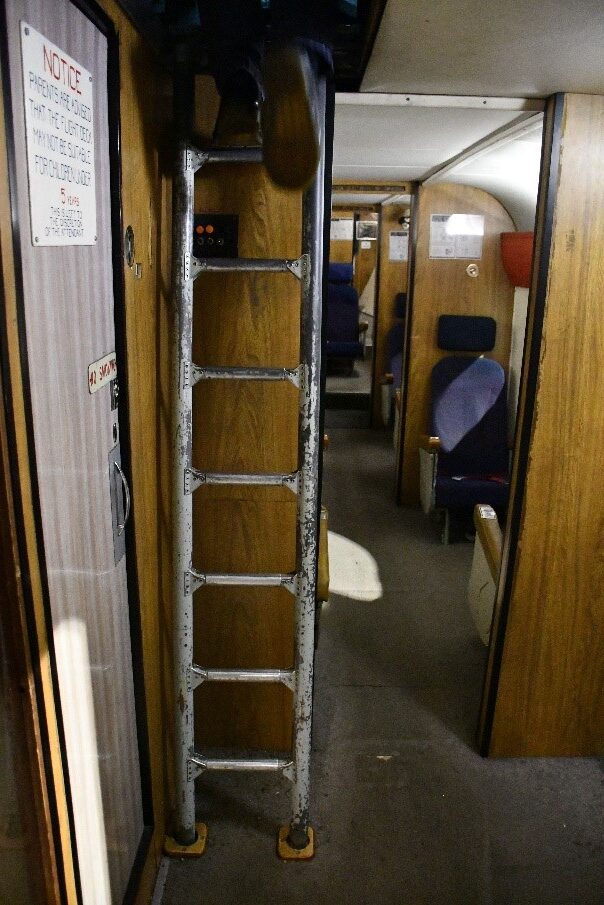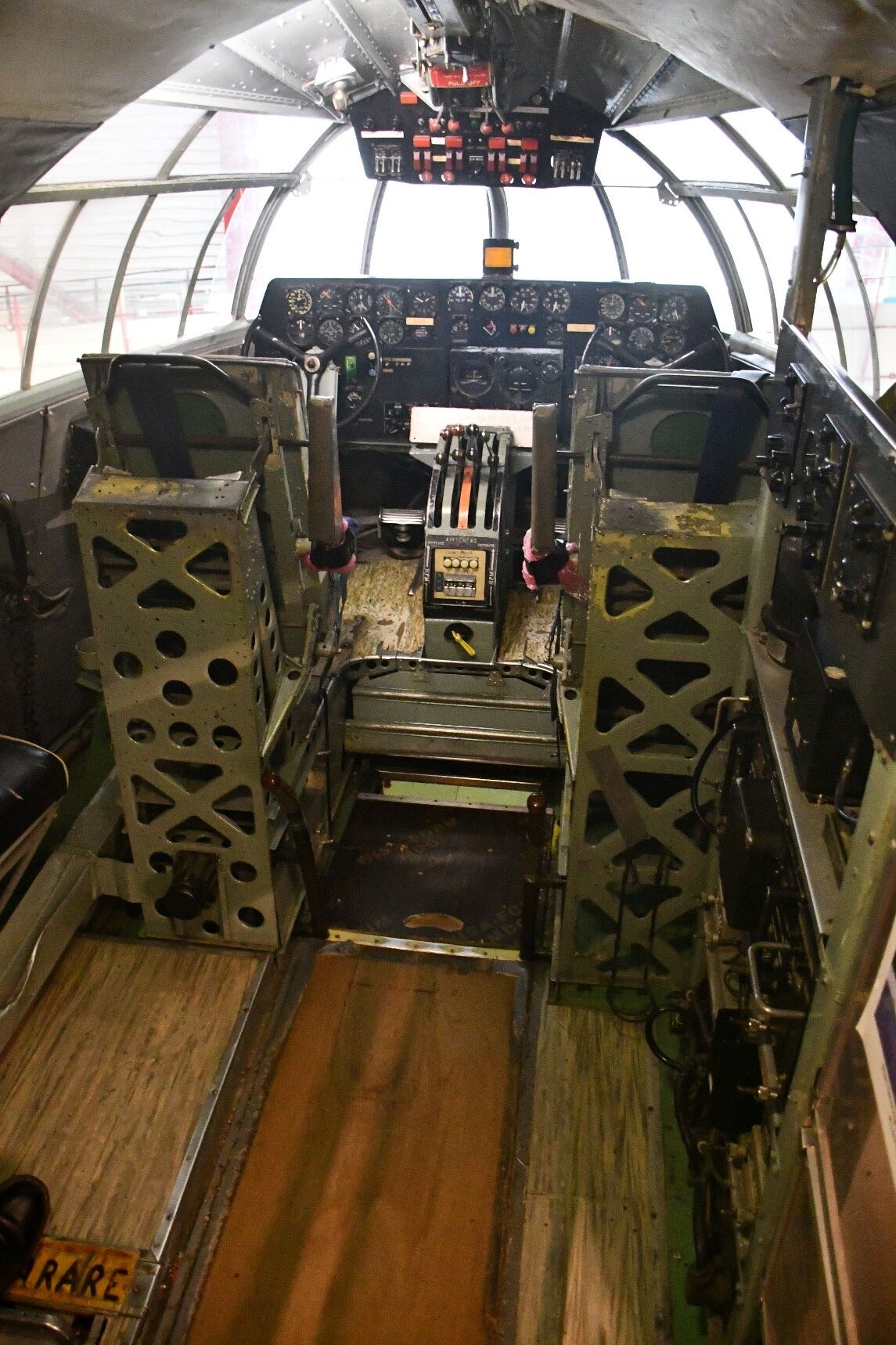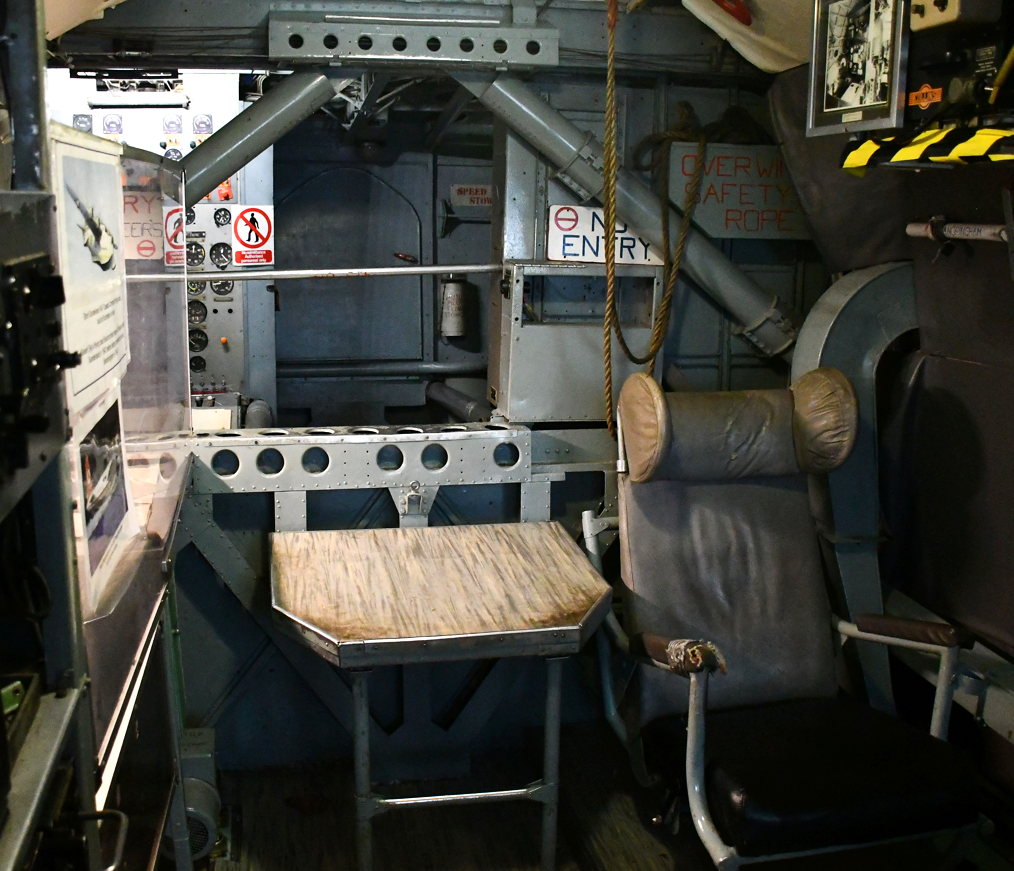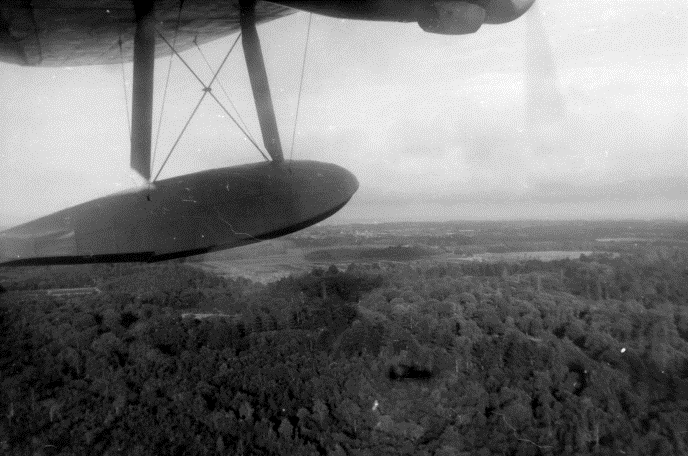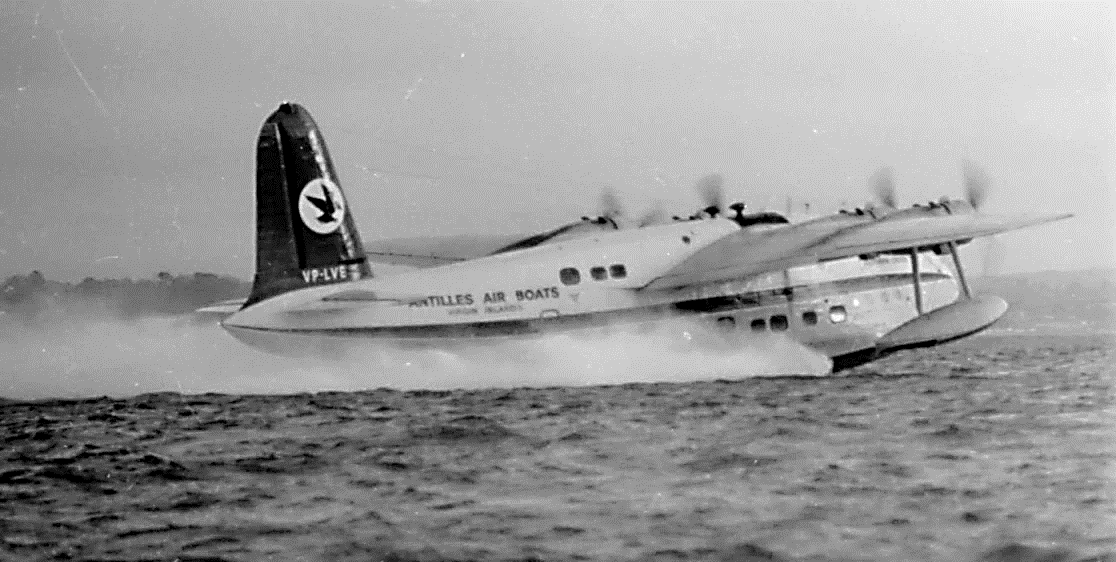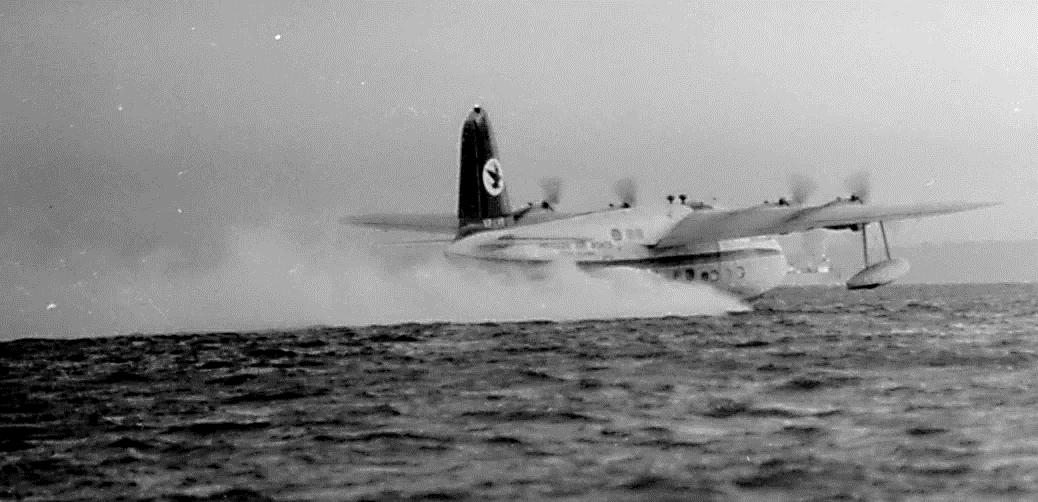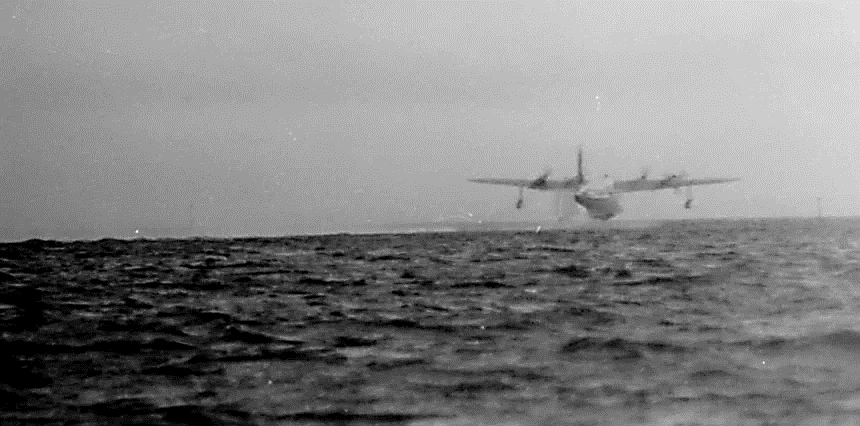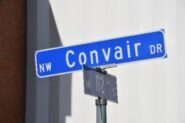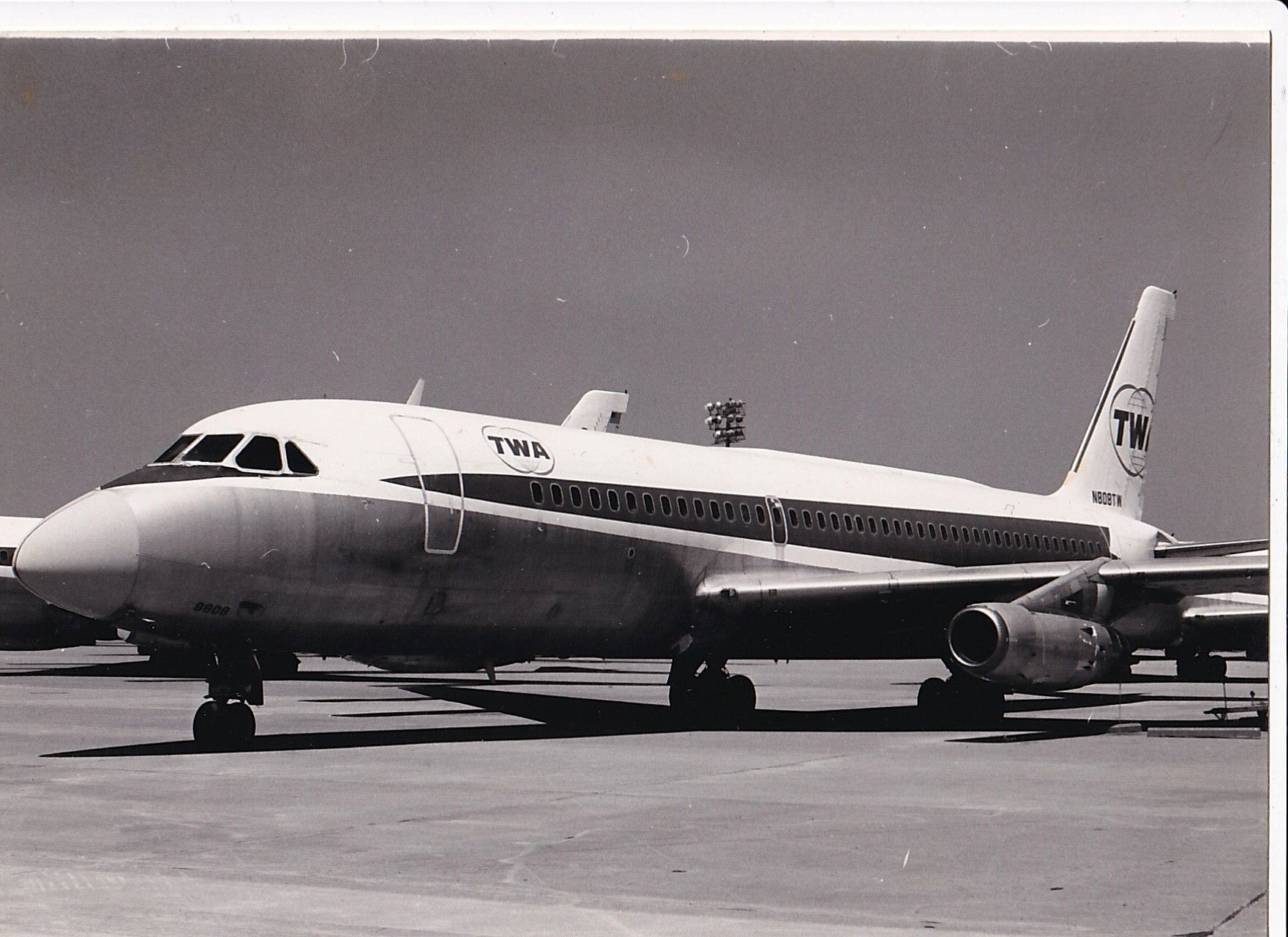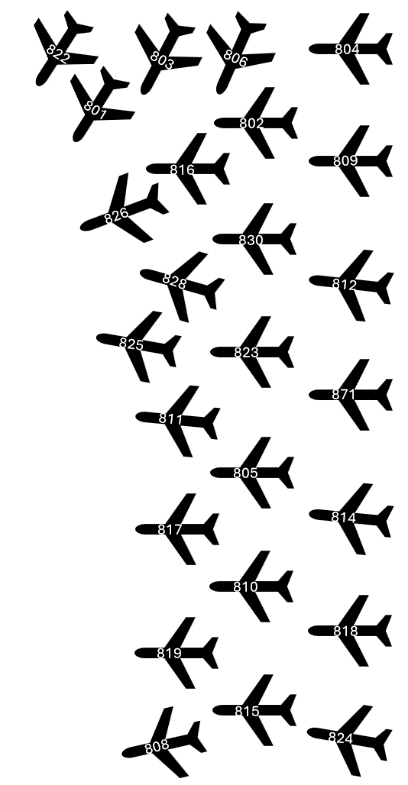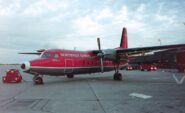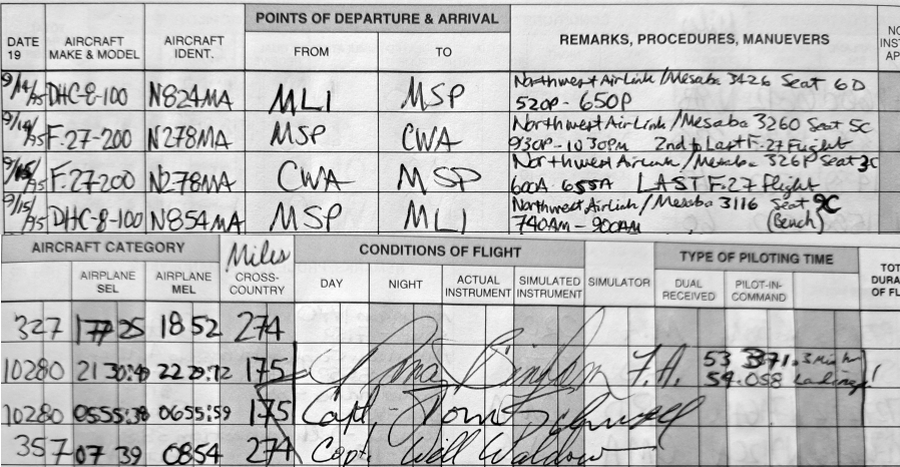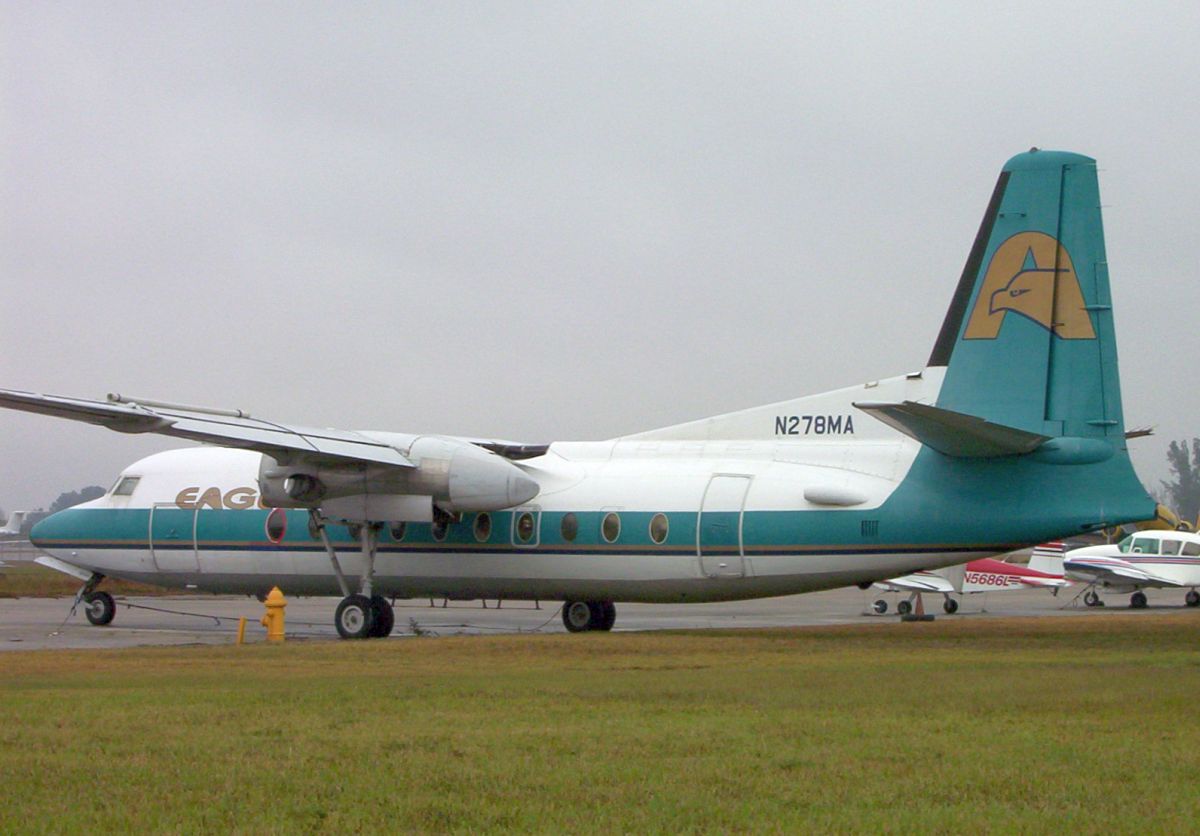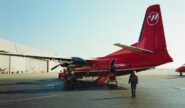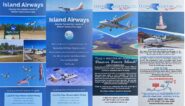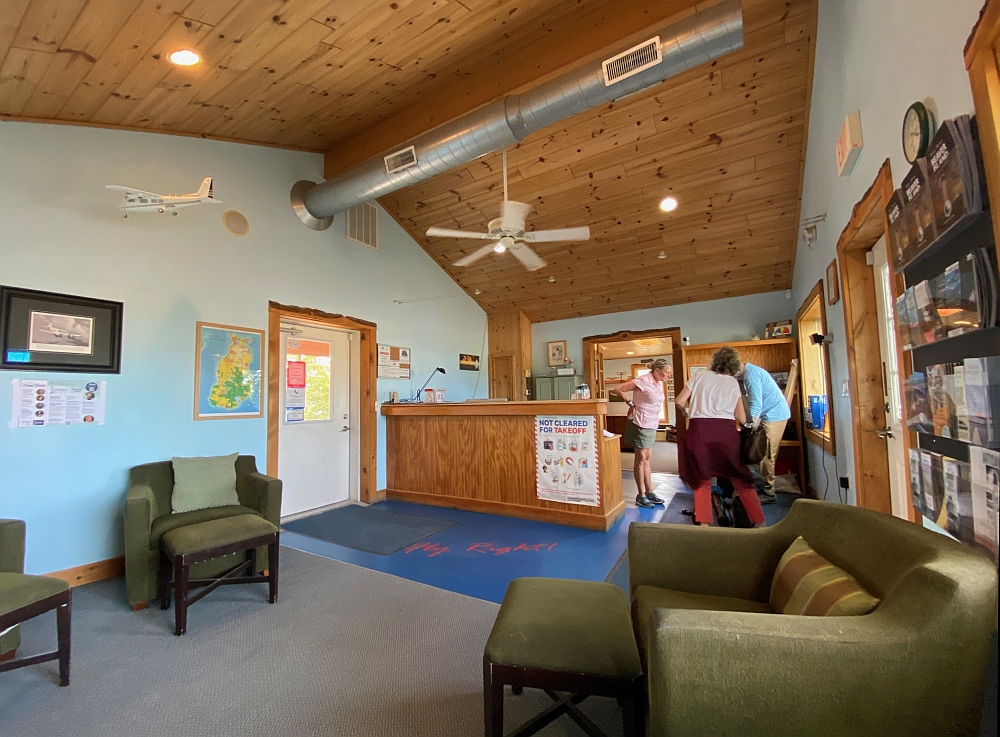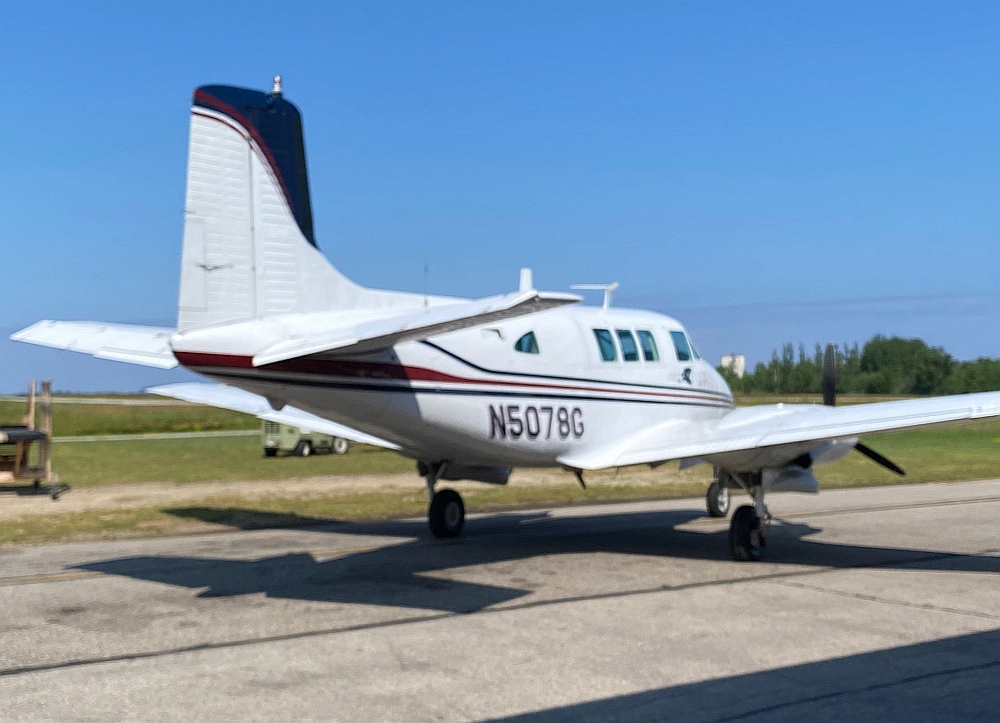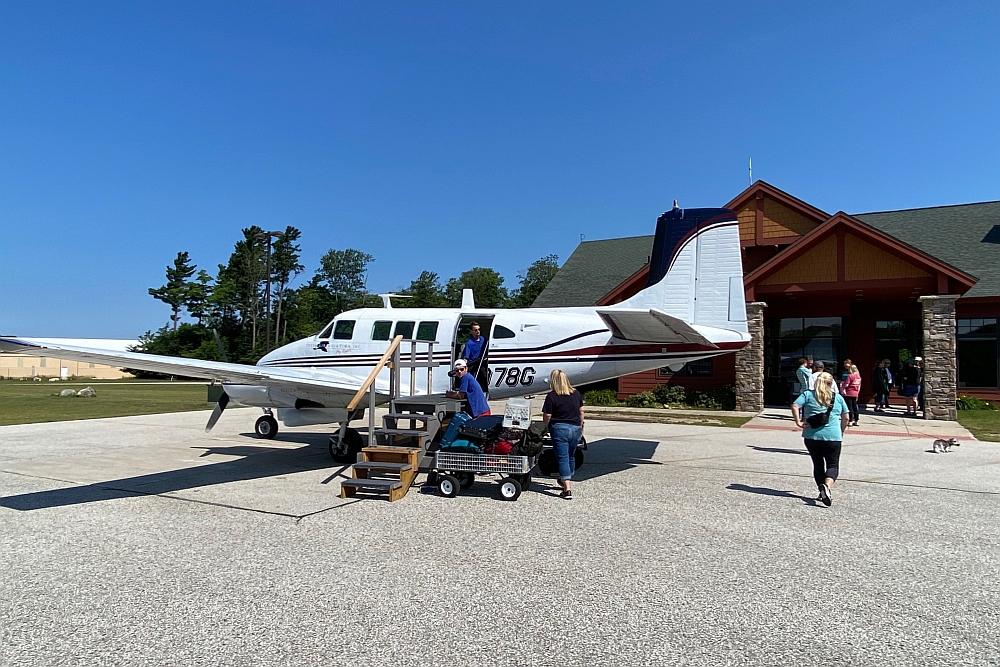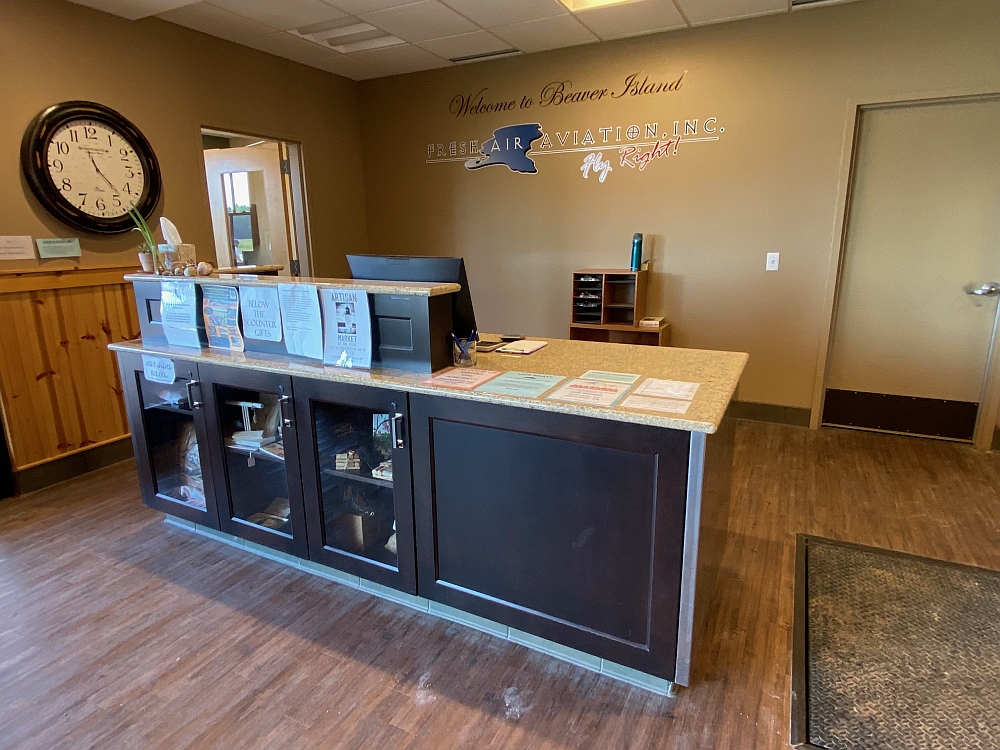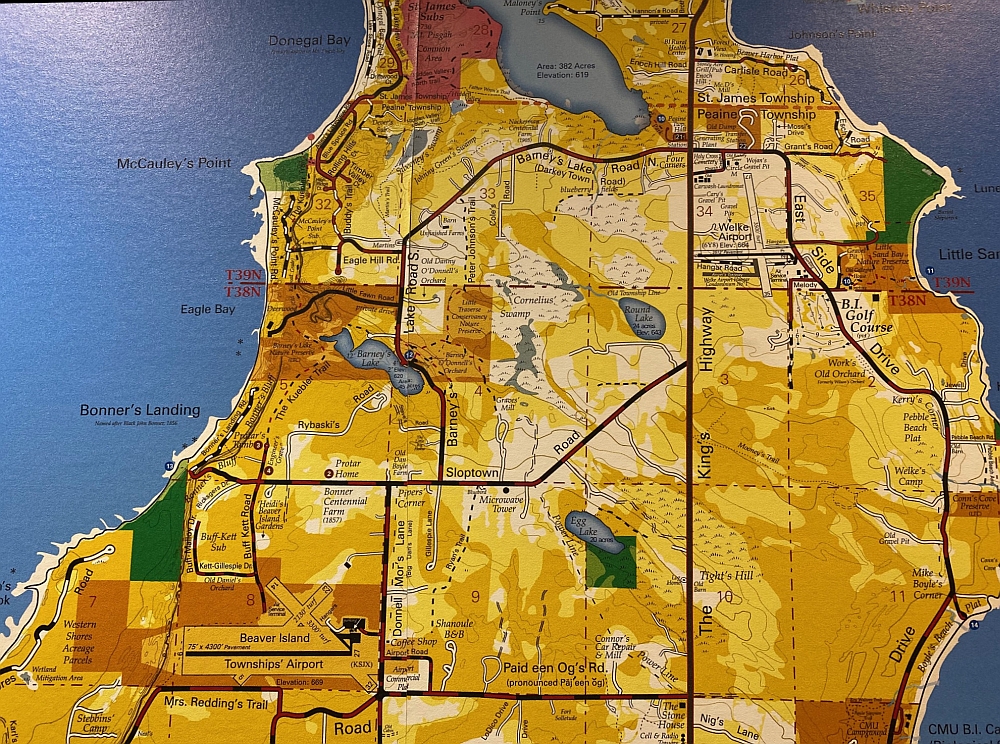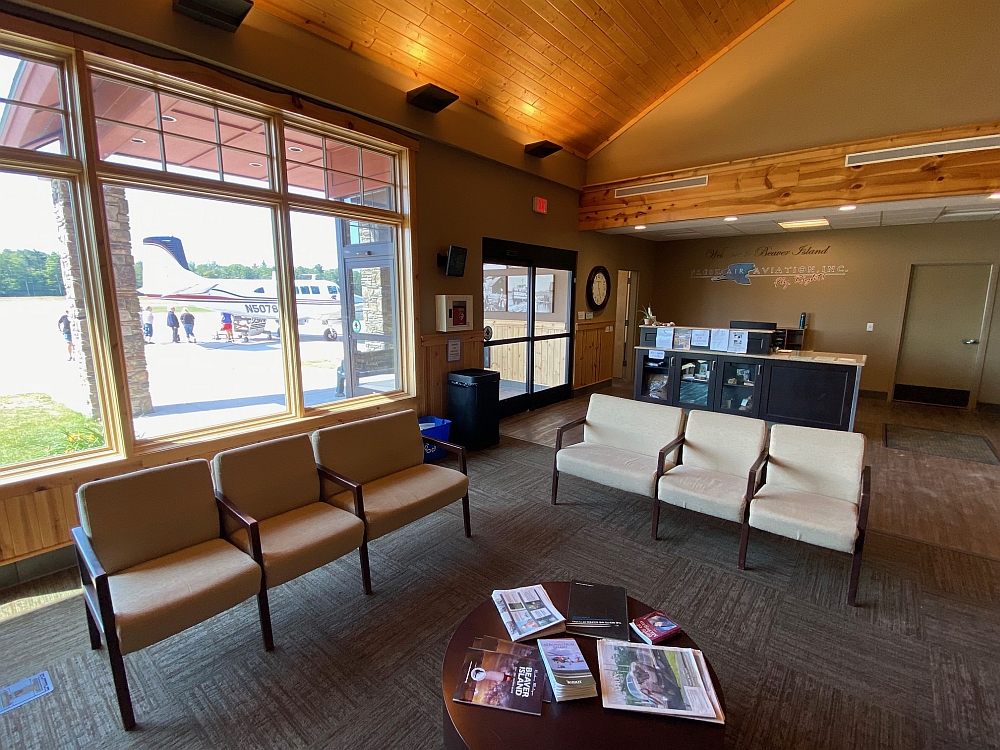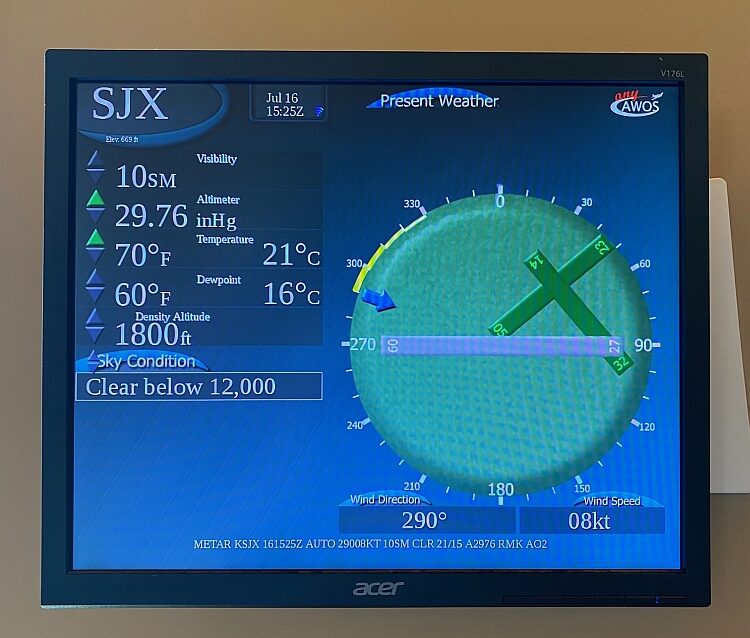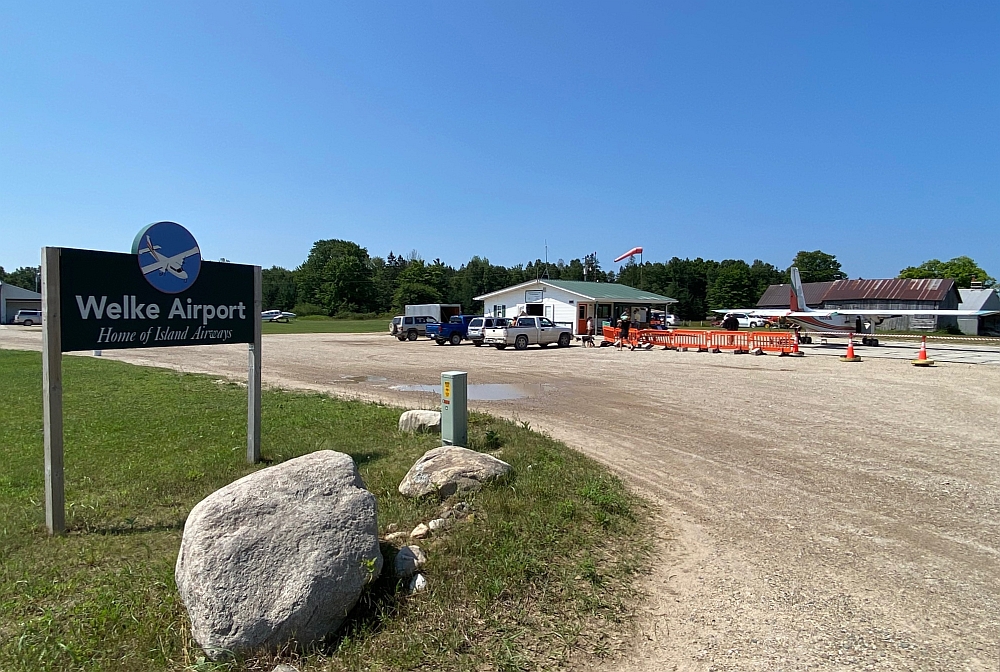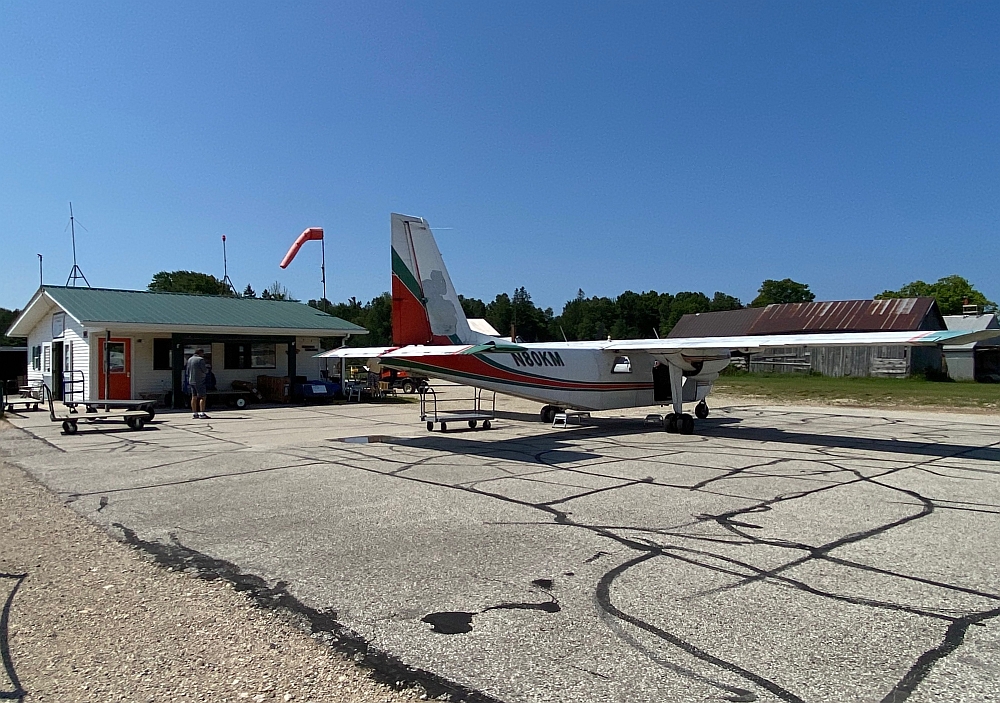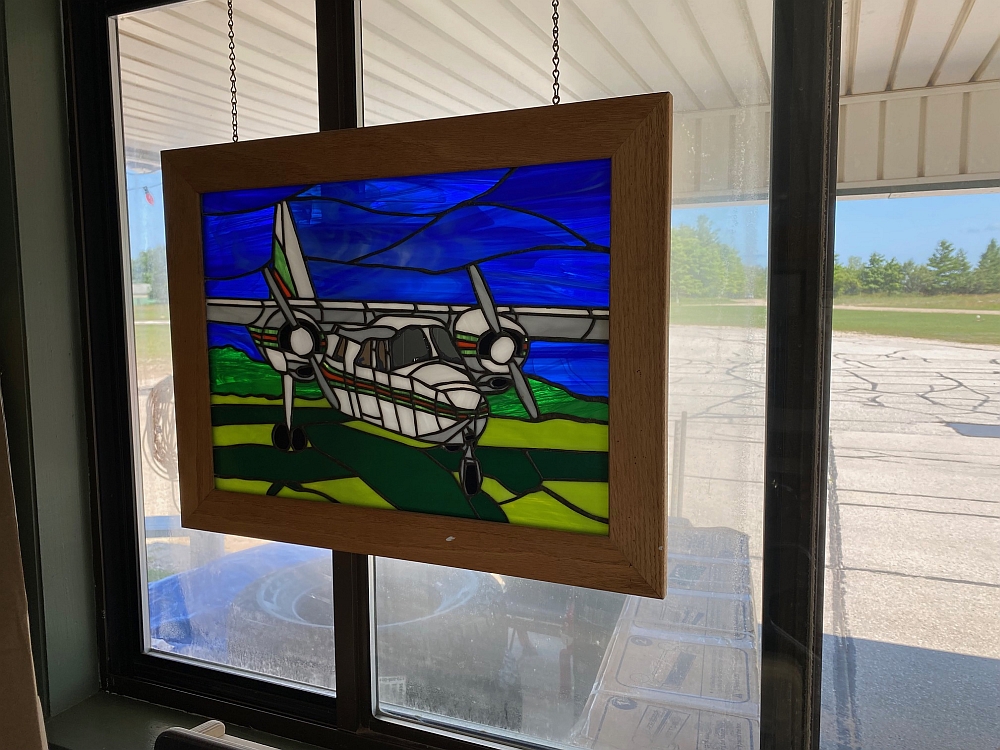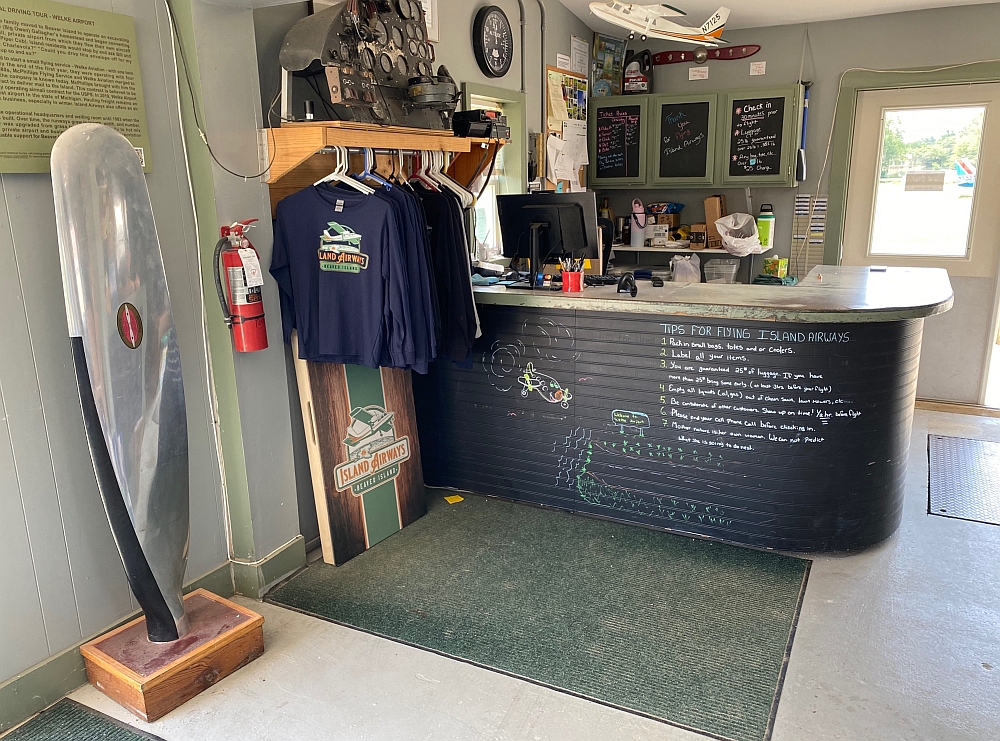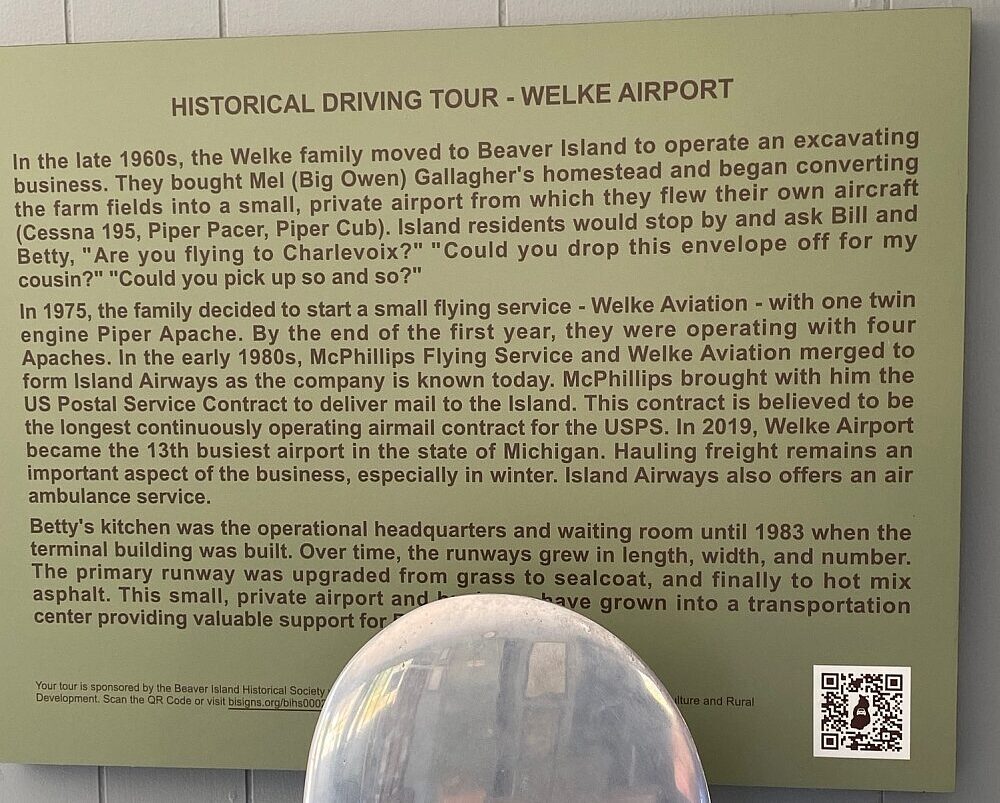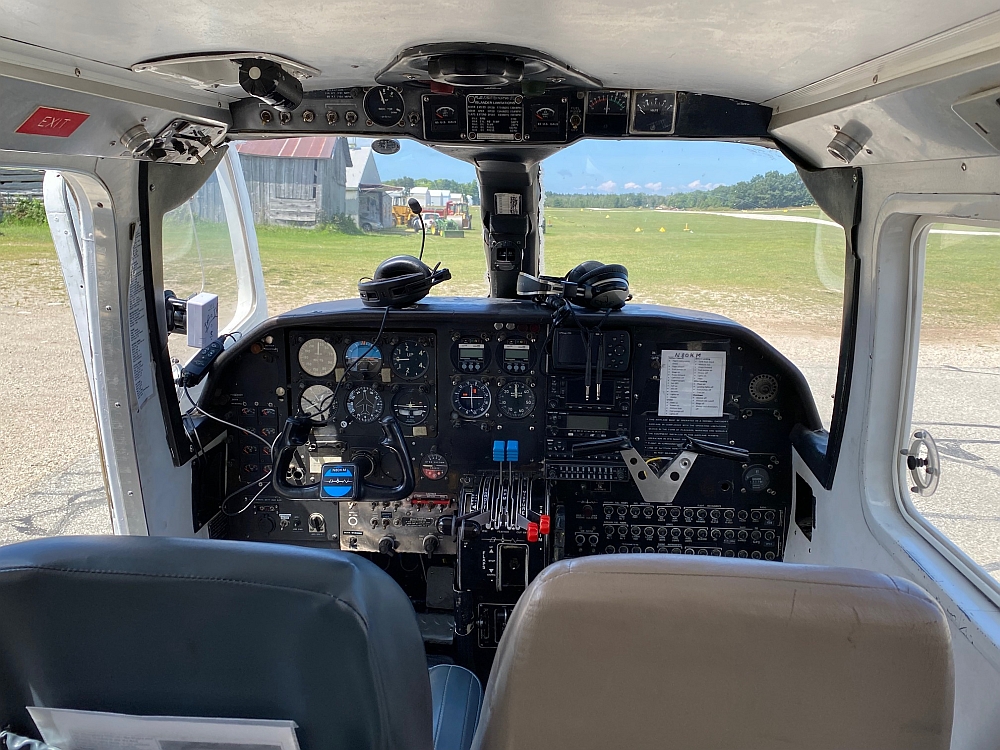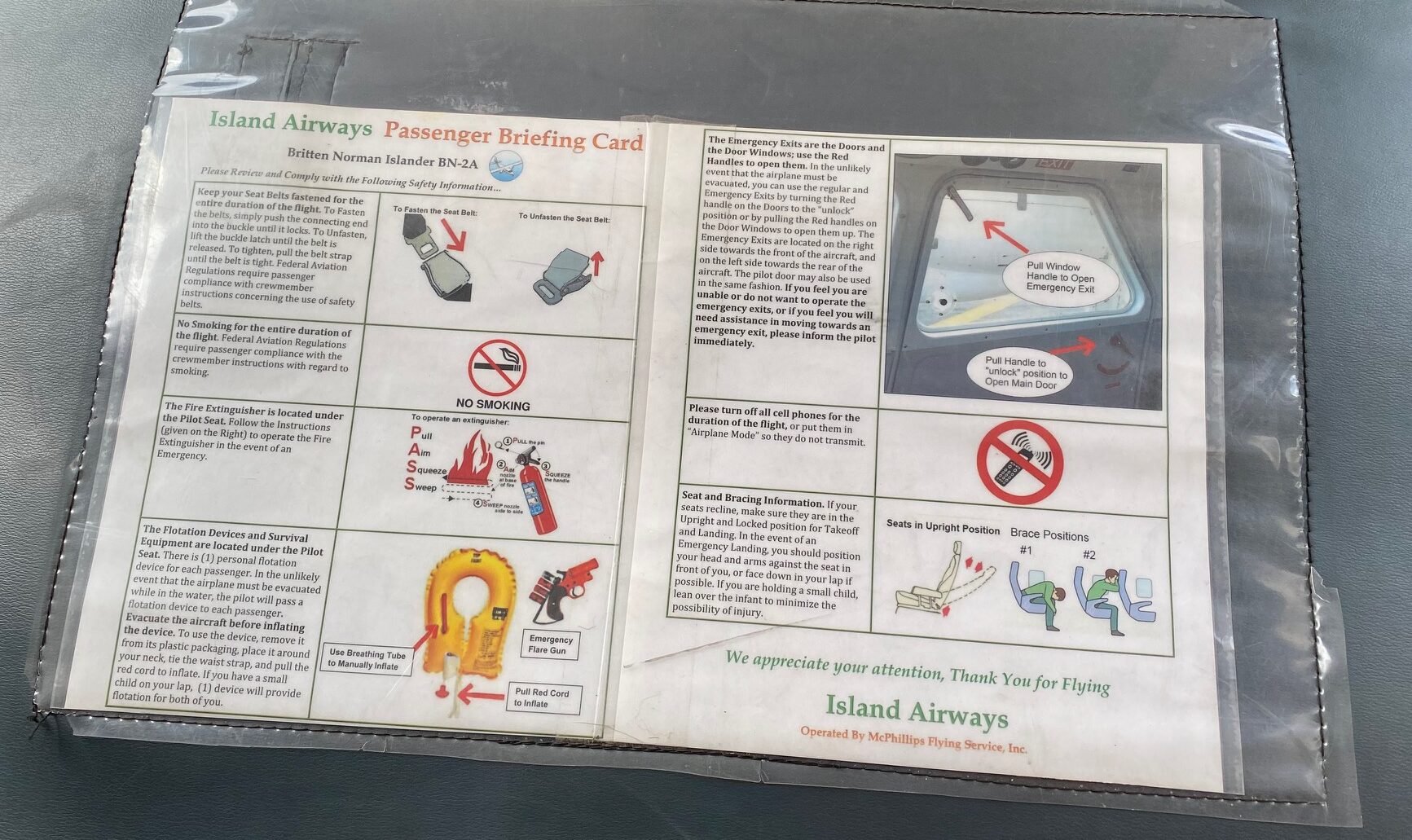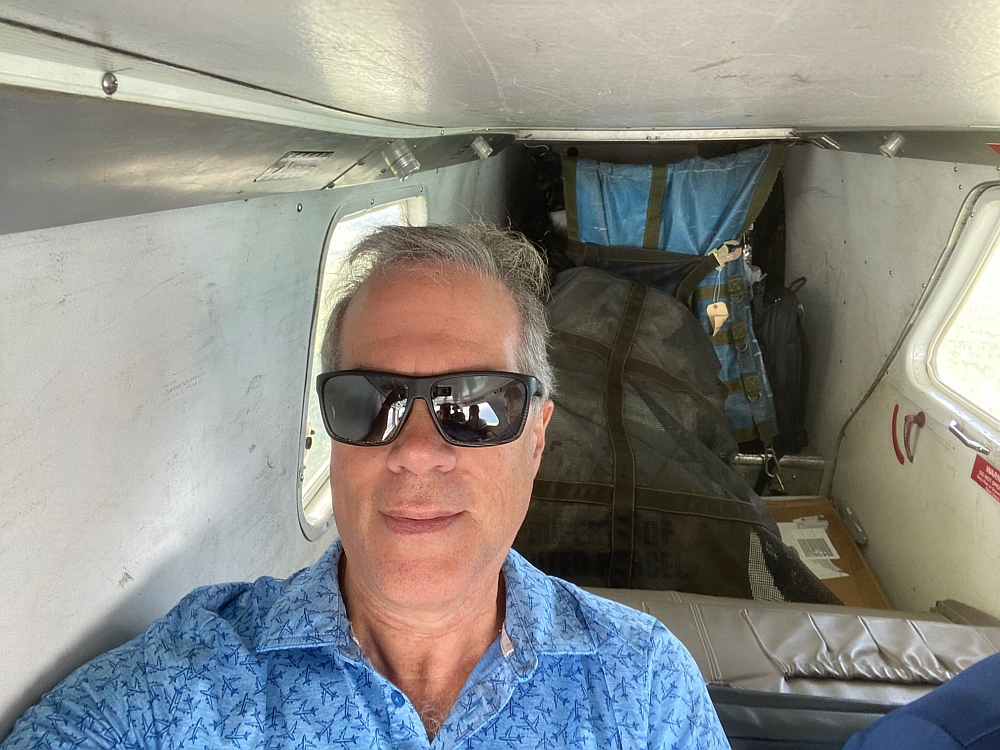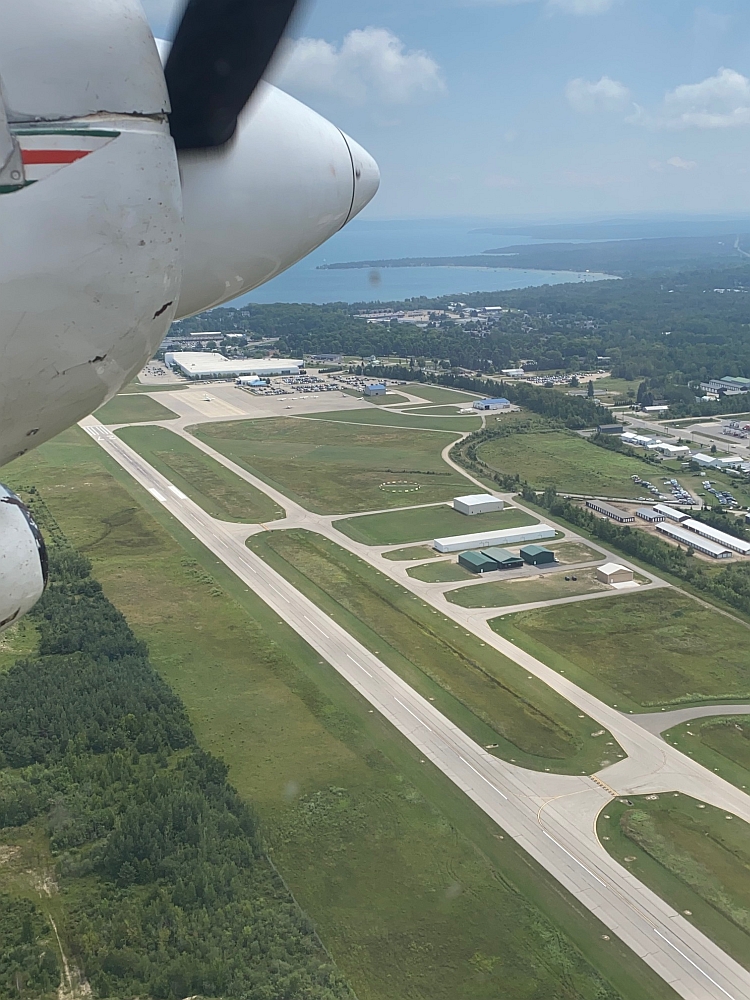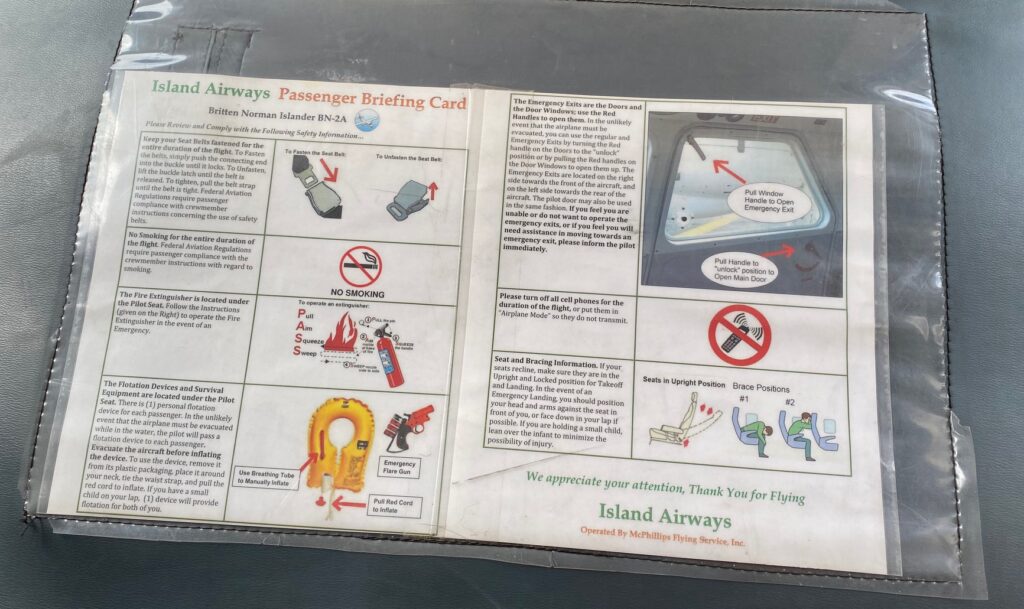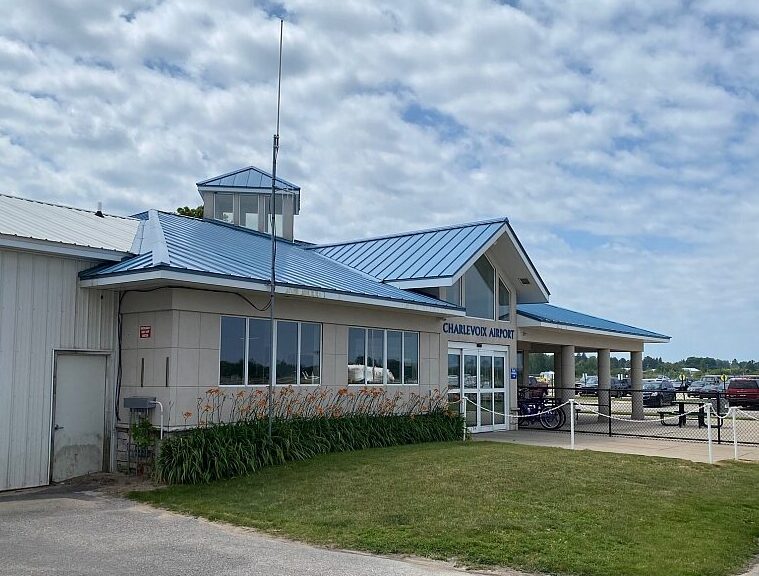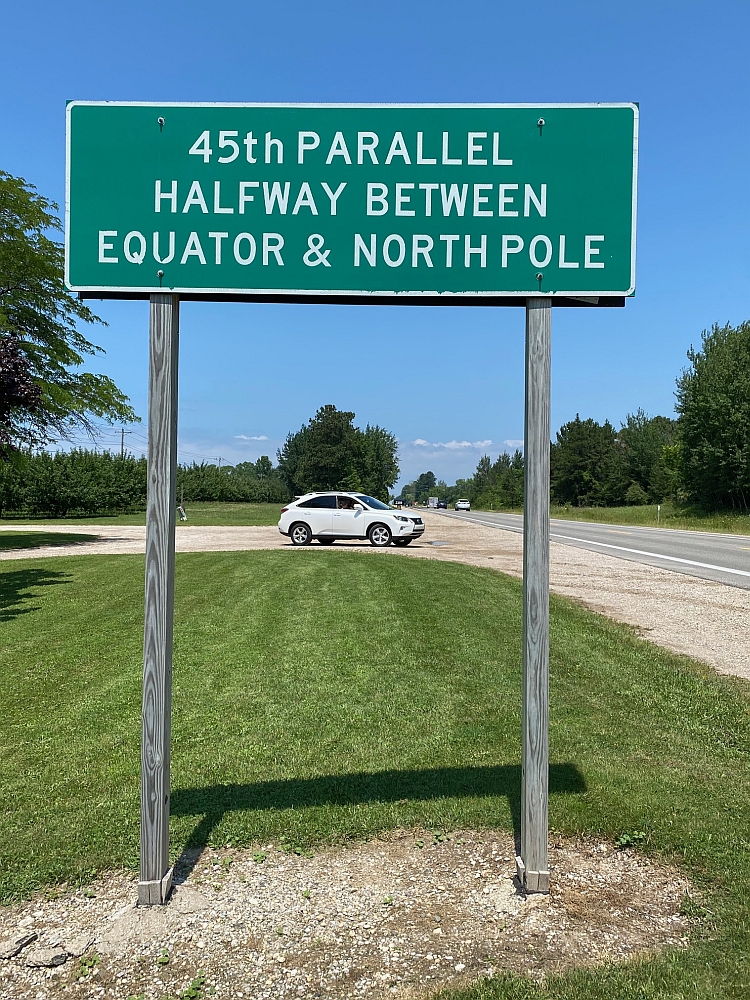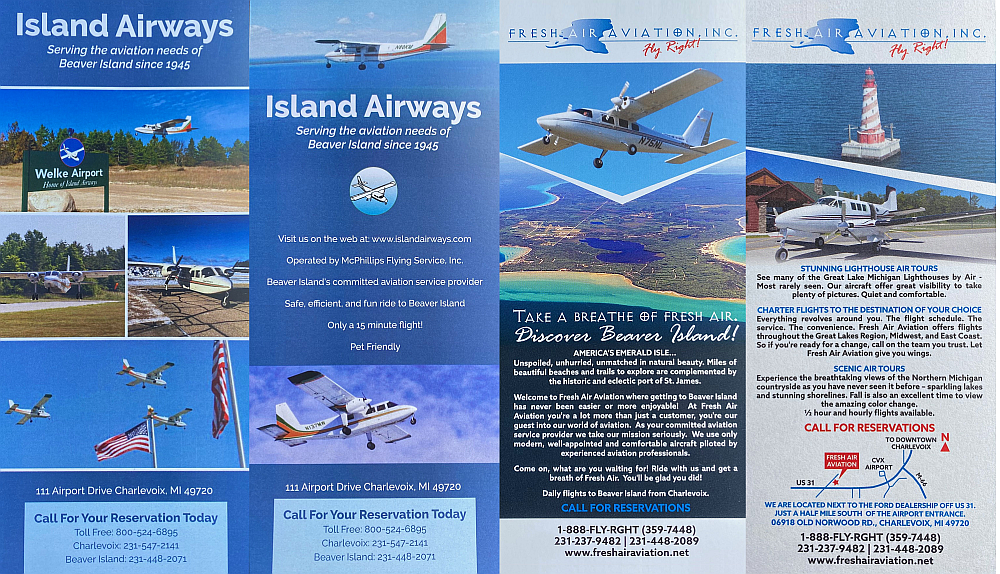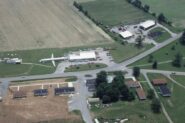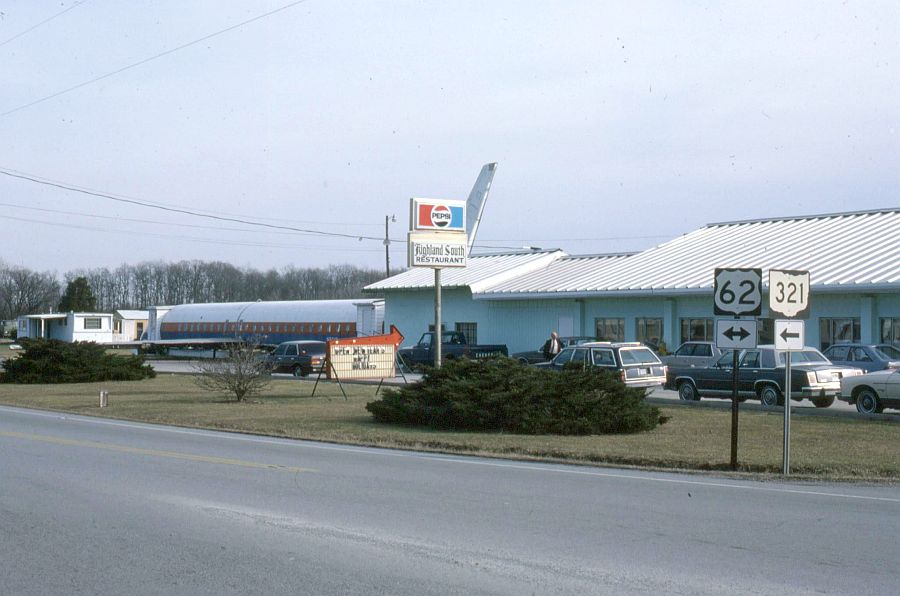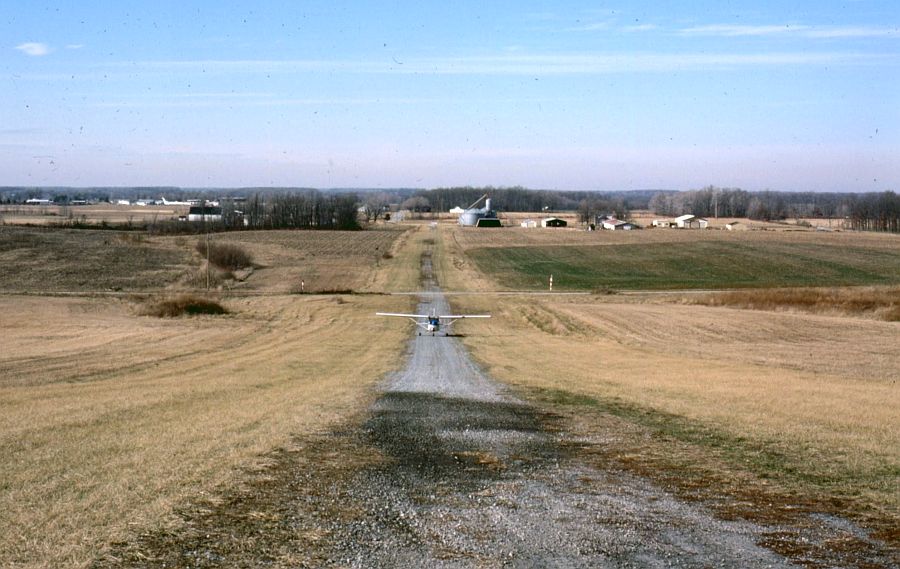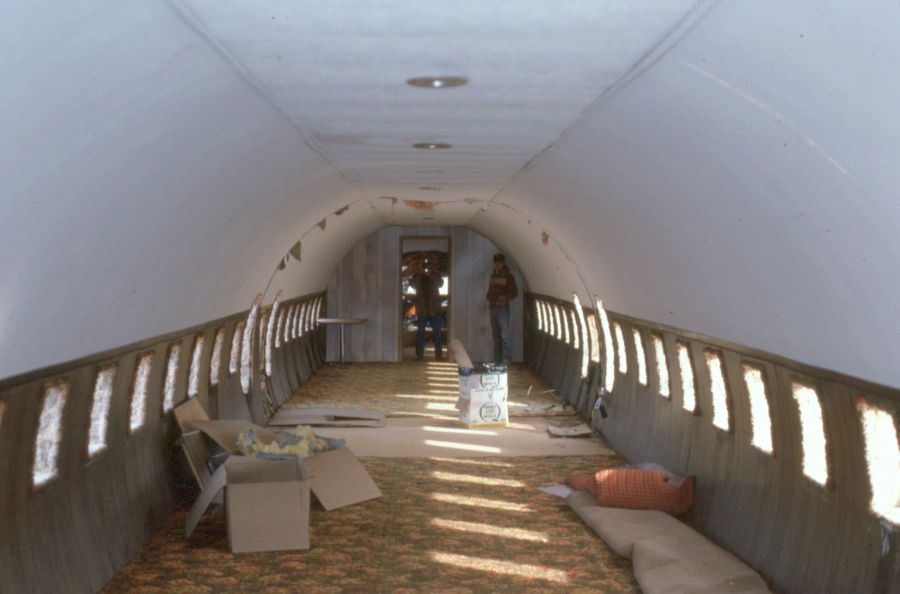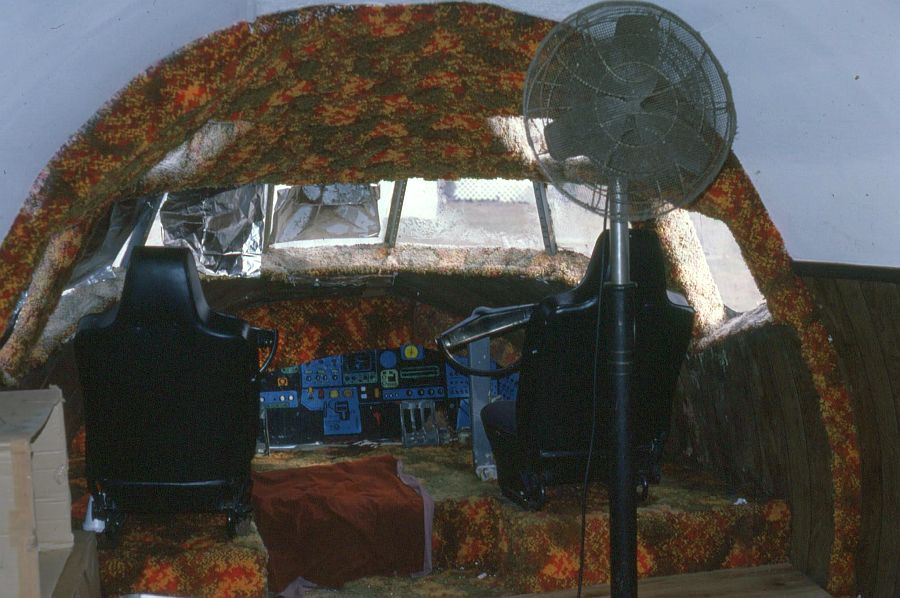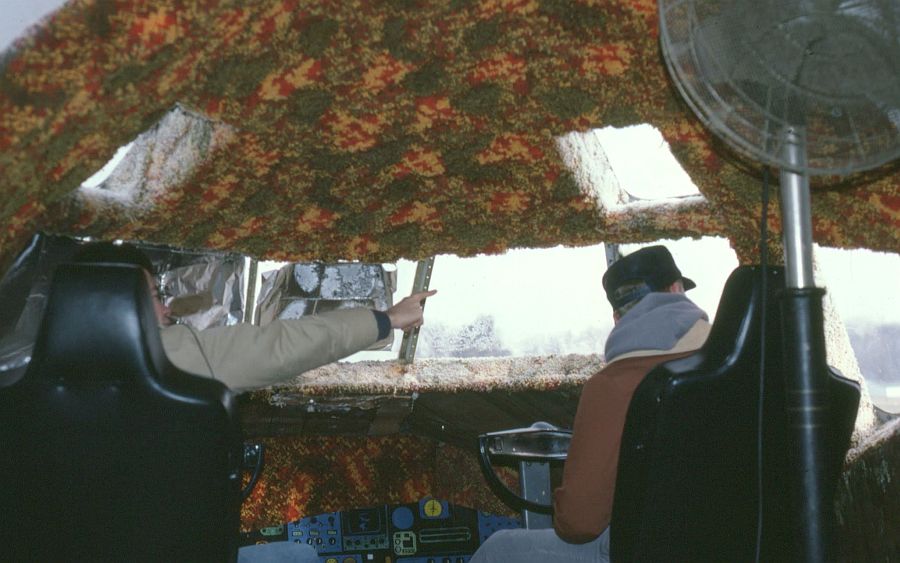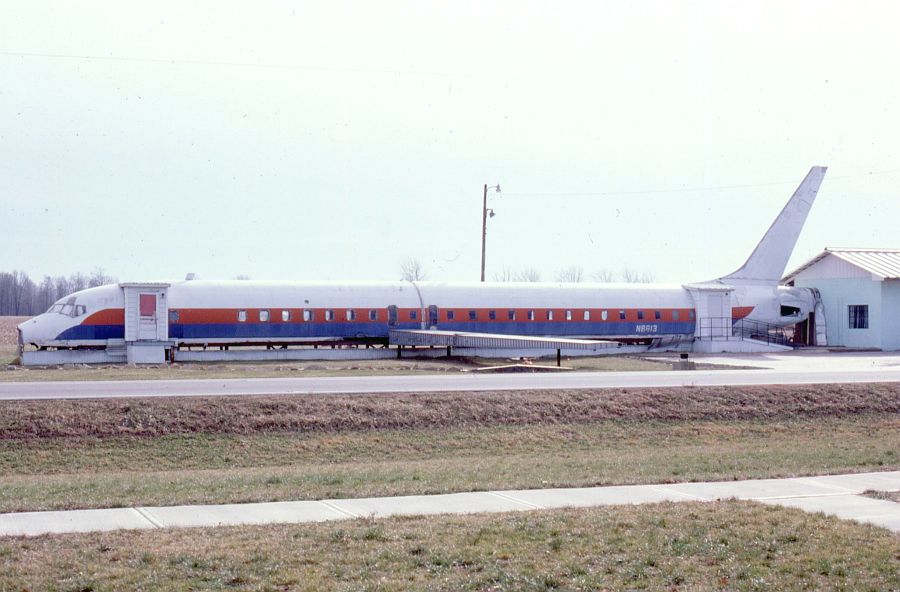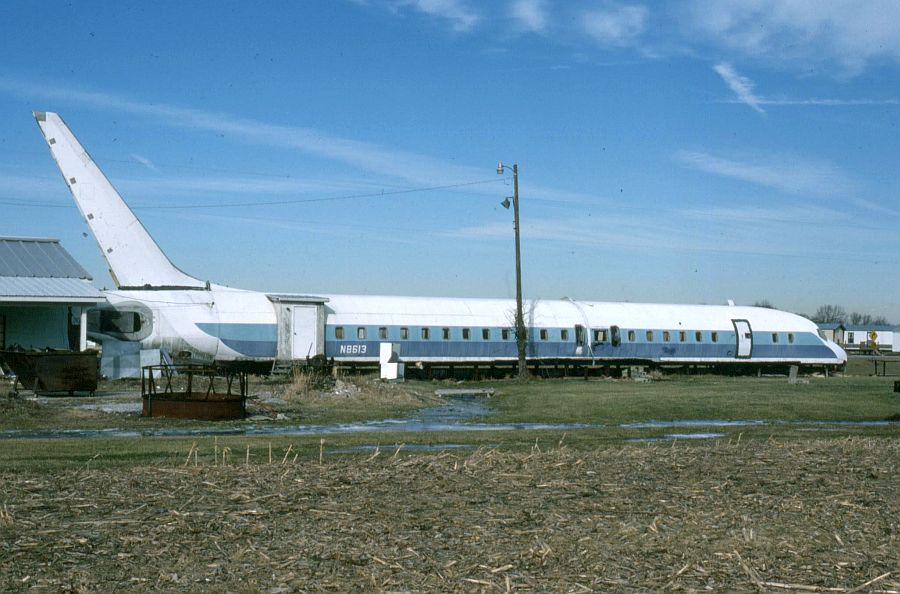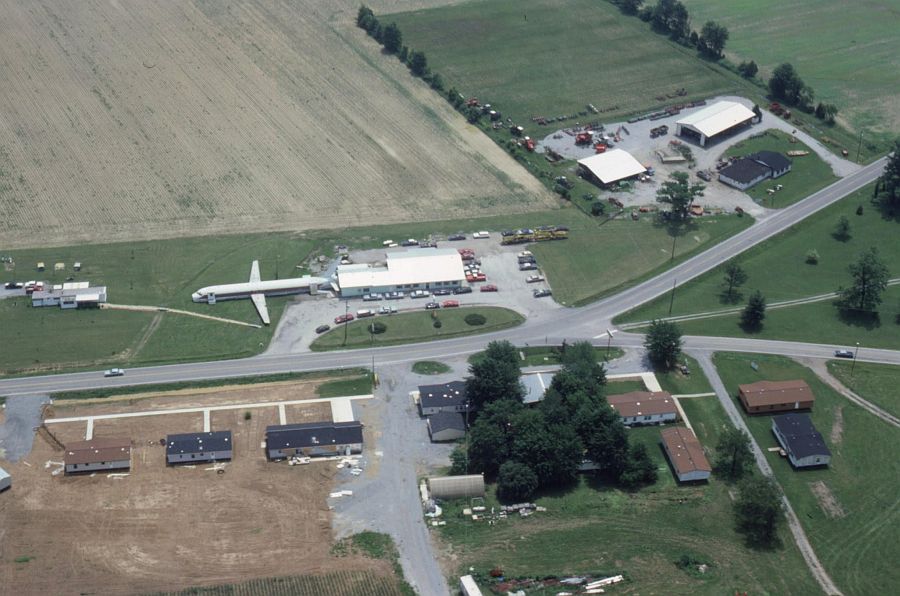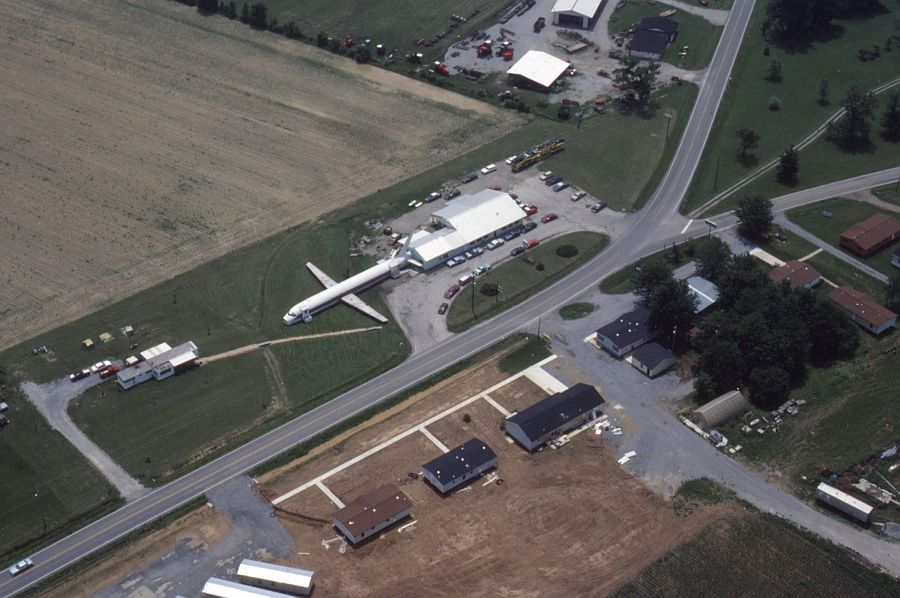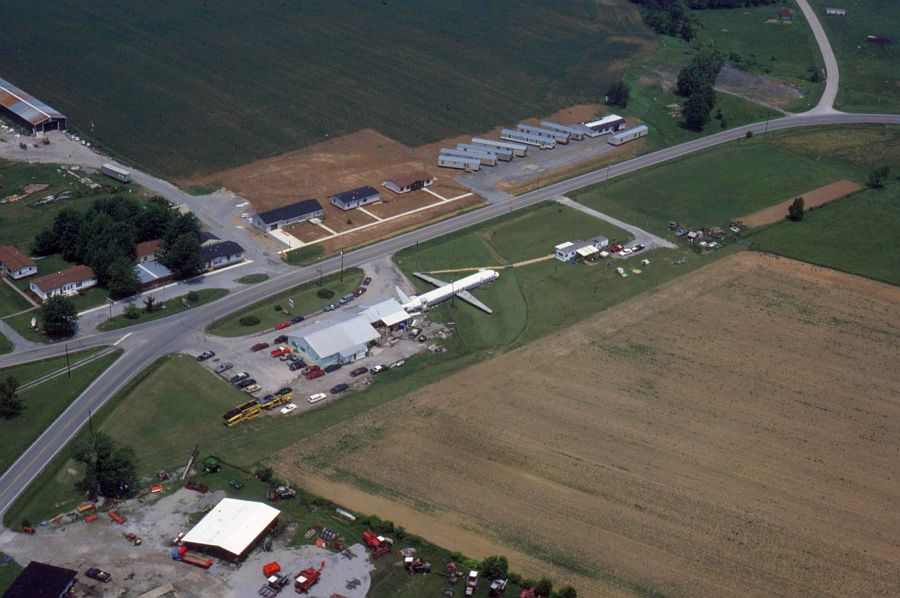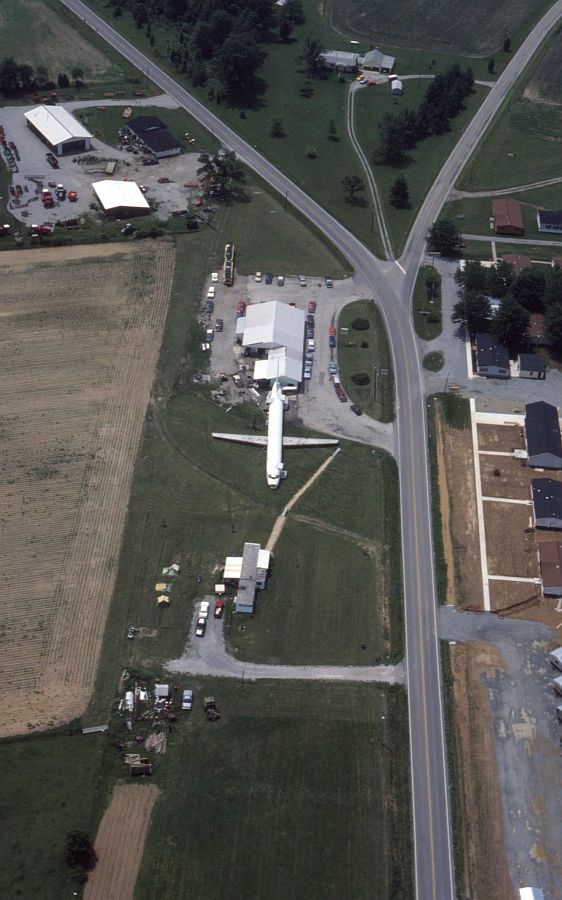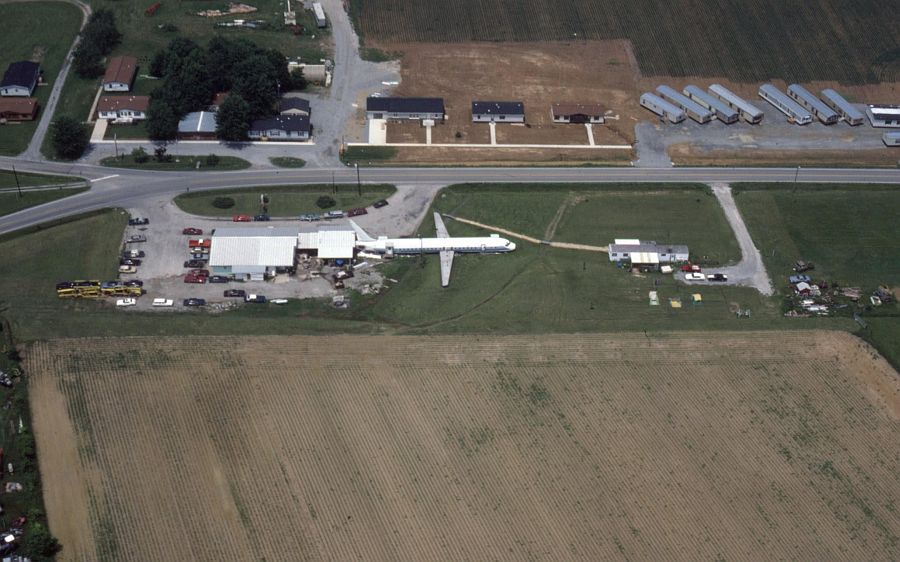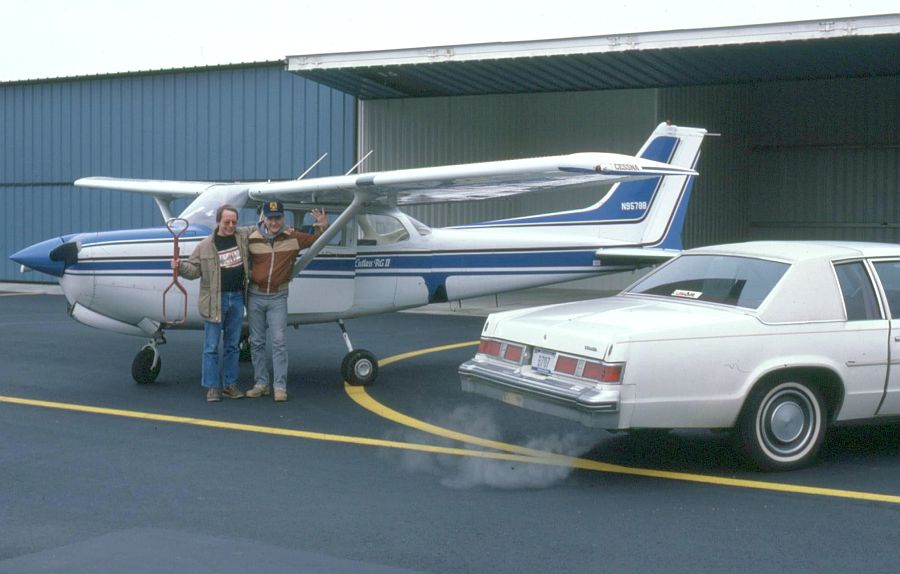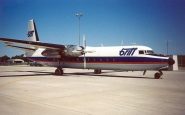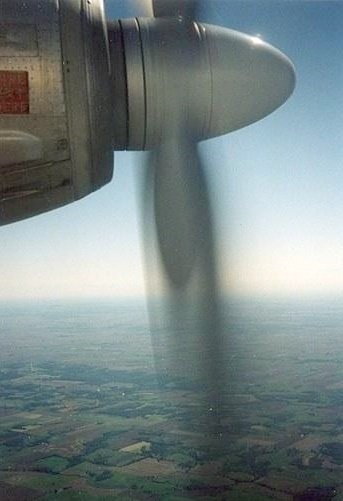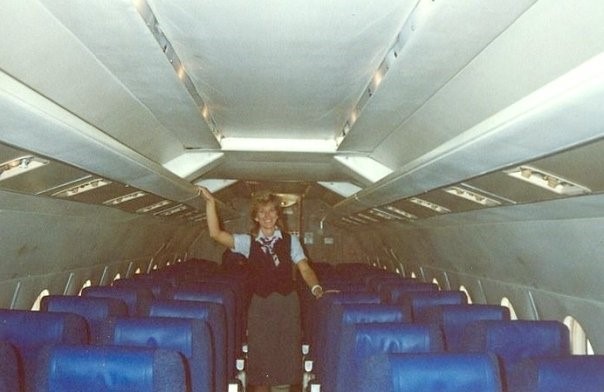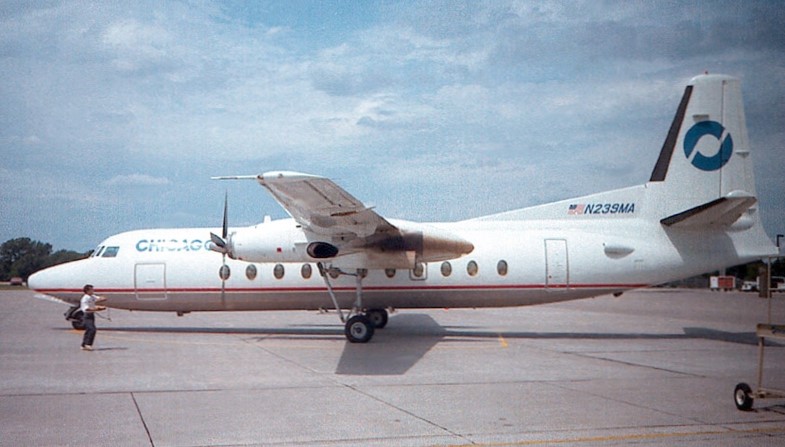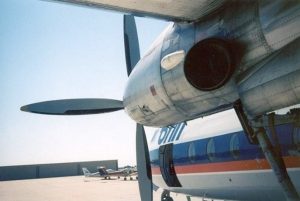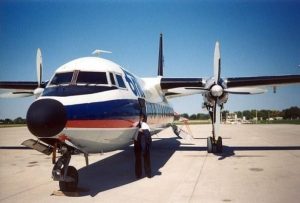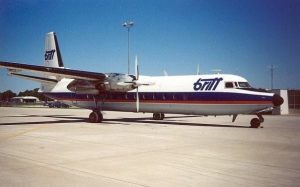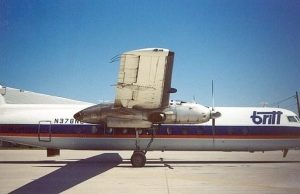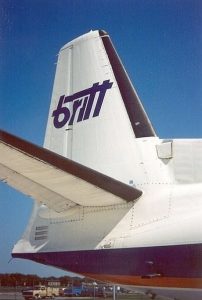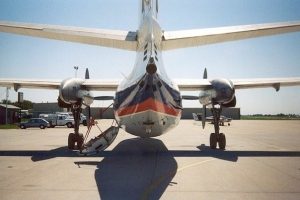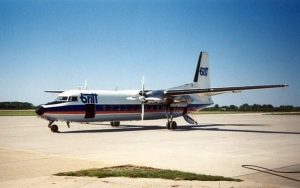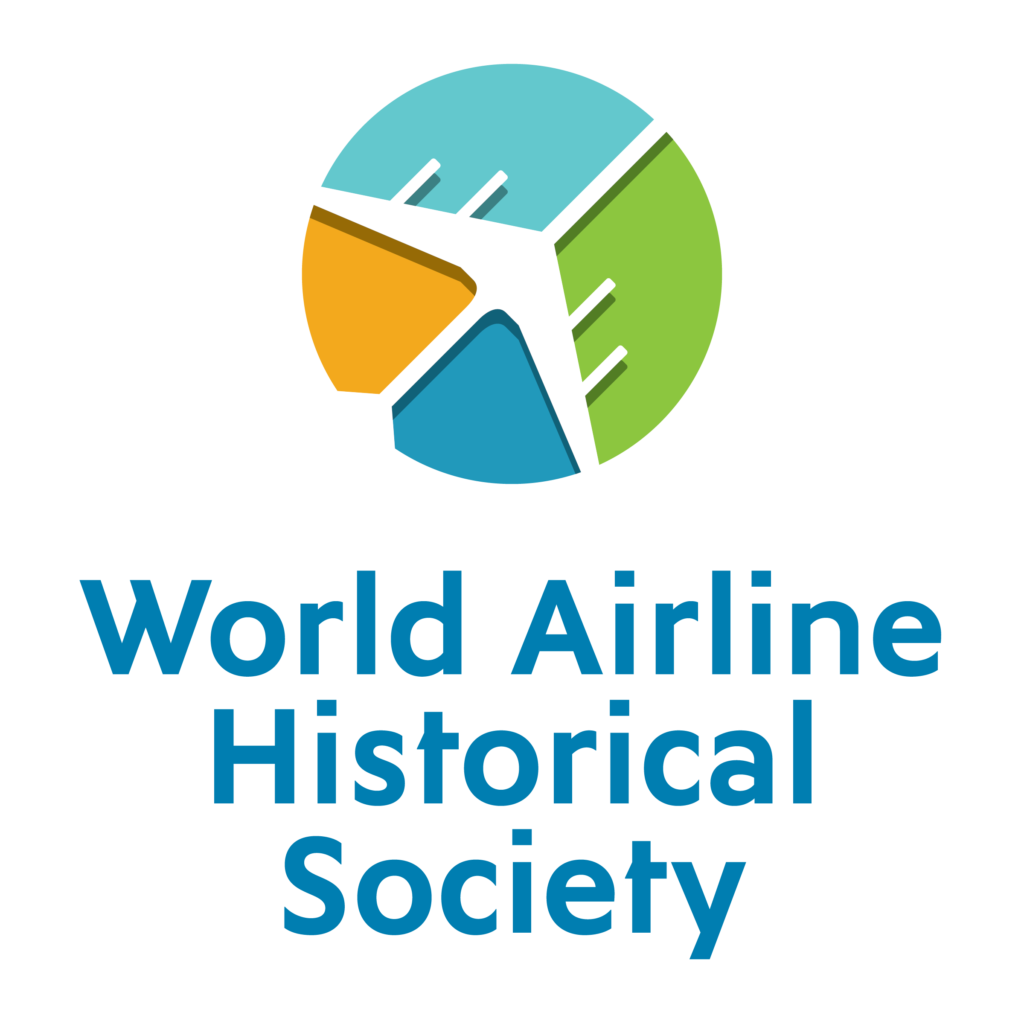Aer Lingus,Celtic Motion,DUB-IND,Inaugural,IND,Mario Rodriguez
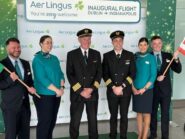
Aer Lingus DUB-IND Inaugural Trip Report
By Phil Brooks
As a lifelong resident of Indianapolis, IN, and a volunteer IND Airport Ambassador, when the announcement was made that Aer Lingus would start service on May 3, 2025, between Dublin, Ireland (DUB), and Indianapolis, I knew I had to be on the first flight! Because of my work schedule, and the flight loads, I chose the westbound inaugural flight.
Using my benefits as an airline employee, I positioned myself on my own airline to Dublin, arriving on May 2, where I enjoyed a day in this wonderful city, full of friendly people. This was my first time logging DUB airport.
My overnight stay was at the Carlton Hotel, on the southeast corner of the airport. They have a restaurant on the top floor overlooking the airport, so it was a natural choice!
On May 3, I was traveling on an Industry Discount ticket, so was directed to a staff check-in desk in Terminal 2, where I was presented with a boarding pass and seat assignment. I knew the flight was wide open, but it’s always nice to have that in my hand early. As I was leaving the area, I saw a young lady wearing an Indiana Pacers hat – of course, she was also on the inaugural flight!
I tried using my Priority Pass card to get into the “Liffey Lounge”, but was turned away, as it was full. It was just as well, as I needed to proceed with the formalities.
DUB has U.S. Customs and Border Patrol pre-clearance, which is a great selling point for this flight, as it arrives in the U.S. as a domestic flight. Unfortunately, I was directed to the wrong queue, and waited for 15 minutes when I shouldn’t have had to wait, as a U.S. citizen.
EI83 DUB-IND A321neo XLR EI-XLT Seat 16F
The gate area was being prepared for the inaugural ceremonies when I arrived, and I spent the two hours before departure meeting airport and Aer Lingus personnel, and participating in the event. Also, there were donuts!
There was a display that passengers could stand in front of for photographs, so I took advantage of that. I made several contacts, including the airport’s Director, Business Development Vice President, and Aer Lingus Sales and Crew Members. This flight crew would have a two night layover in Indy, so the flight attendants were happy to hear my ideas on things to do! The service is four times weekly, and is subsidized in part by Indiana entities.
Several officials made short speeches, and there was a ceremonial ribbon cutting.
I had been assigned seat 10A, but wanted to change to an F seat to stay out of the sun for our Atlantic crossing. Unfortunately, skies were cloudy below us, during the overwater portion. The gate agent told me I could just change on board, since it was a light load (the flight was booked almost full on the return, another reason for me to not try THAT flight). When I boarded, the lead flight attendant, checking his manifest, suggested row 16, as it was empty on the D/E/F side. Perfect! The flight attendants came around to make sure nothing was on the seats for takeoff. I had never heard of or seen this restriction.
We departed 15 minutes early at 2:30pm, and took off 19 minutes later from RW28R. The passenger load was 16/16 and 91/168.
During the climb out, the seat belt sign was turned off, so I visited the lavatory before inflight service started. In one of them, the unmounted soap dispenser had fallen into the toilet on takeoff, and one of the flight attendants had to fish it out of the bowl (wearing rubber gloves, of course). The glamour of being a flight attendant!
There are three lavatories in the aft of the aircraft; one on the aircraft’s left, and two against the rear bulkhead. One of them doubles as the back of a flight attendant jumpseat. Gaining entrance, when the jumpseat is not occupied, requires turning a small doorknob which is not very obvious, and certainly not intuitive.
I enjoyed a Carlsberg Lager and crisps (Guinness was not available!), and then a mid-afternoon lunch (a Mexican beef and rice dish, which was spicy but good). There was a choice of beef, chicken or vegetarian entree. After reading an issue of “Airways” magazine (brought along, as it is required reading on airline flights!), I worked a bit on my laptop until fatigue (or the excitement?) finally overtook me. I didn’t take advantage of the video programming, but had music playing to help me sleep. I did enjoy the moving map display, as always.
I napped off and on for two hours, and then got productive again, typing up this and another trip report. A cold turkey sandwich (cheese was another option) was delivered two hours out from IND. It did the trick, but was unsurprisingly a little dry.
Service was very good, and every Aer Lingus employee I met was extremely friendly.
A few notes about the aircraft: The cabin was extremely quiet, so much that I could hear other conversations easily. One thing that disturbed the quiet was when passengers stowed their tray tables. The design of the seat compels the user to slam the tray against the seat back in order to lock it into place, which would be quite noticeable to the occupant in the seat in front. It’s not the type of tray table latch I am used to, which is silent. Overhead bins are very large. This was my first time on the XLR. It’s always a treat when I log a new airplane type and a new airport on the same trip!
The Captain came on the PA about an hour out of Indianapolis, and a little late, gave us the route of flight. He (this was a two-man crew) thanked us for being on the inaugural flight to Indy.
I have flown more than 7,000 flights and had previously logged only one other inaugural: ATA’s June 14, 1986, JFK-BQN (Borinquen, Puerto Rico) flight. I was an ATA Consumer Affairs employee and was thrilled to be on TZ61, operated by Lockheed L-1011 N187AT. I did the round trip, returning on TZ60.
Finally, about 30 minutes out, I “shut down” for the rest of the flight. I needed to recover some energy for 90 minutes of “first arrival and first departure” activity at IND!
We landed on RW05R after a flight of 8:20, and blocked in at 6:16pm local time, four minutes early. It was cloudy with occasional sprinkles of rain, but that didn’t dampen the celebration.
There was no water cannon salute by the airport’s fire department, but a truck was parked near the gate, for use for that purpose on the departure. There were, however, many airport and airline employees on the ramp to welcome us!
We parked at an international gate, A4, even though we were pre-cleared. This facilitated the ceremonies, at it is a large area, with no other activity at that time (other than a Southwest flight from Cancun, whose passengers did not enter the gate area, taking the escalator directly down to U.S. Customs and Immigration). They were probably shocked at the crowd they witnessed!
I let the passengers seated behind me deplane, as I wanted to get some photos of the interior without passengers in view. I finally deplaned, after thanking the crew, and was met in the gate area with applause! It wasn’t just for me, it was for all the arriving passengers, but I thought it was a nice touch. When Delta inaugurated their IND-Paris CDG service on May 24, 2018, the first flight’s aircraft ferried up from Atlanta, so there was no arrival ceremony to coincide with the departure.
My wife Pam, a fellow IND “Airport Ambassador”, was there, recording my triumphant return. I joined her and we watched the festivities, along with our friends Sara and Dan Gradwohl, also there for the occasion. There were speeches given by airport, Aer Lingus and government officials from Ireland, and I had just missed a performance by a local group of Irish dancers, as well as live music. We were told there are 200,000 people in the Indianapolis area who identify as having Irish heritage.
I was able to meet and talk with many of the people present- it was a great day for IND, Aer Lingus, and for me!
Enjoy the photo gallery below. All photos by the author, except where noted.

